Zachary Foster has become a popular anti-Zionist tweeter in recent months, to the point of becoming essentially a troll more interested in scoring points than in facts. (Before he blocked the terrific Adin Haykin, they had a number of entertaining exchanges.)
Yet in the past, I have found his scholarly papers to be very interesting and illuminating, and they tell a
story that does not at all support the current Palestinian lies about their
history. Sadly, he seems now to be more addicted to "Likes" than to the truth.
The period 1914-1923 is what, the most influential of these writers,
Rashid Khalidi, has called the “critical years,” in his widely-praised award-winning work on the subject, Palestinian Identity. He argues that as a result of the “rapid,
momentous, and unsettling changes” from the outset of World War I in 1914 to roughly 1922 or
1923, “the sense of political and national identification of most politically conscious, literate and
urban Palestinians underwent a sequence of major transformations. The end result was a strong
and growing national identification with Palestine.” Importantly, Khalidi writes, this full-fledged national loyalty was felt by a “significant proportion of the Arab inhabitants of
Palestine”and by 1922, “important elements of the country’s Arab population had already
come to identify primarily with Palestine” (my emphasis). He adds that the “most common
self-description of political groupings during the mandate was as Palestinian Arab.”....Although Khalidi might like to think that “no one” could possibly dispute the widespread
existence of a Palestinian identity during this thirty year period, with careful attention to
evidence rather than hyperbole and polemic, I believe we can gain a much more accurate
understanding of precisely when, how and why a unique Palestinian identity became widespread.
Foster then demolishes Khalidi, showing that he primary identification of Palestinian Arabs before the 1936 revolt were with their cities, or with Syrians/Egyptians or Arabs in general.
Foster uses interesting analysis methods to come to this conclusion. For example, "not a single book was written on the history of Palestine out of sheer passion and
love for Palestine until the 1930s. As we stated previously, this is in complete contrast to the city
histories – all of which seem to have been written out of the authors devotion and love for the
hometown." And then, "In 1936 and 1937, alone, eight books were published on the Palestine issue, more
books than had been published in the preceding sixteen years combined. If the historical works
are a guide to identity in Palestine, then, it seems that the major shift from city to Palestine did
not obtain until the mid-late 1930s."
This is also fascinating (I put footnote text in parentheses):
The other major work on Palestine in the pre-1936 period is al-Barghouthi and Totah’s
Tarikh Filastin, but, as previously mentioned, this was written at the behest of the British
authorities to be used in the Mandatory education system. To be sure, this does not make the
book irrelevant for the study of Palestinian identity. It does, however, suggest that it was not
necessarily a natural idea for an Arab intellectual to pen a book on “the History of Palestine” in
1923.(Indeed, Totah wrote his Ph.D dissertation on the history of Arab education. Palestine is a totally irrelevant
analytical category in his dissertation, as discussed above.) And, indeed, this point is reinforced throughout the text, such as in their etymological
discussion of this place we now call Palestine. Four names are offered which have historically
been used to describe the region, Filastin being merely one of them. (The other three are ‘ard kana’an, ‘ard al-mi‘ad, and al-‘ard al-muqqadisa.)
Those translate to the Land of Canaan, the Promised Land and the Holy Land. Foster doesn't mention that Khalil Totah was a Christian Quaker; while he was born in Ramallah his view of Palestine was through the lens of the Bible rather than as an Arab. It is curious that Foster doesn't spend more time talking about how religion was a more important marker of identity than being a citizen of "Palestine" as well.
As far as identifying as Palestinian, Foster notes,
While Filastin emerged as a geographical,
social and political space by the 1920s, it seems that “al-‘Arab” (the Arabs) or “al-Muslimin”
and “al-Masihiyyin” (the Christians) were still preferred over “al-filastiniyyin” (the Palestinians)
throughout the Mandate period to describe the region’s inhabitants. Very rarely is the word Palestinian used to describe the people of the region, who instead preferred to describe themselves, their culture, their land and their people as Arab.
One reason that Foster doesn't mention is that Jews at the time enthusiastically identified as Palestinian, and Palestinian Arabs - especially the literate ones who were espousing nationalism - didn't want to be identified with the Jews.
Foster, quite reasonably, uses "loyalty" as a metric to see whether nationalism was more important to Palestinians than their hometowns or Arabness (he also seems to ignore clans, which were much more important in how Palestinian Arabs self-identified.) I'm still not convinced that most Palestinian Arabs identified as being loyal to Arab Palestine even into the 1940s. Here's why.
Foster is only looking at written texts of the time for evidence of loyalty. While
literacy soared in Palestine between 1900-1948, a significant number of Palestinians, especially in rural areas and villages, were still illiterate in 1948, and there is no evidence that they identified with "Palestine." Moreover, Arab actions during the 1948 war speak louder than the printed word that Foster relies on. While many defended their own towns,
practically none defended anyone else's town - they fled along with their own community members. There was no loyalty to, or sacrificing for, an Arab Palestine. The loyalty Foster sees is the written loyalty of intellectuals, a theoretical loyalty that they were trying to instill in their readers, not a reflection of actual loyalty that would make one fight for and die for one's country.
Indeed, it was the Arab intellectuals who fled the fastest in 1947-48. While the Jewish Palestine Post took heroic measures to ensure that it would put out a paper every day even during the worst fighting and when its own building was bombed, the Arab newspapers in Jaffa and elsewhere simply stopped publishing when the war reached them.
 |
| Last issue of "Falastin", blaming the British for Arabs fleeing Jaffa |
So while Foster proves that loyalty to Arab Palestine was close to nonexistent before 1936, he doesn't go far enough because of his reliance on written materials as evidence of "loyalty" without keeping in mind that the loyalty espoused was more theoretical and prescriptive than real. It ignores the larger context that includes the people whose mindset hadn't changed for centuries. These were Arabs who easily moved from one part to another of the Arab world for economic reasons or because of wars, who did not accept the Western division of the region with arbitrary borders as relevant to their lives, and who thought that they could migrate to other Arab areas in 1948 as many of their ancestors migrated to Palestine - never dreaming that their fellow Arabs would refuse to accept them and treat them as brothers upon their arrival.
Their identity as Palestinians was forged largely because of their mistreatment by the rest of the Arab world and its refusal to integrate them in their own societies in the 1950s, not from the Arab intellectuals of the 1910s or 1930s who created a new nationalism as a response to Zionism. The shame of their being so badly mistreated by their own people is what fuels the desire to create theories after the fact of a pre-1948 Palestinian identity, an identity that was extraordinarily weak.
|
 Buy the EoZ book, PROTOCOLS: Exposing Modern Antisemitism today at Amazon! Buy the EoZ book, PROTOCOLS: Exposing Modern Antisemitism today at Amazon!
Or order from your favorite bookseller, using ISBN 9798985708424.
Read all about it here!
|

|


 Elder of Ziyon
Elder of Ziyon





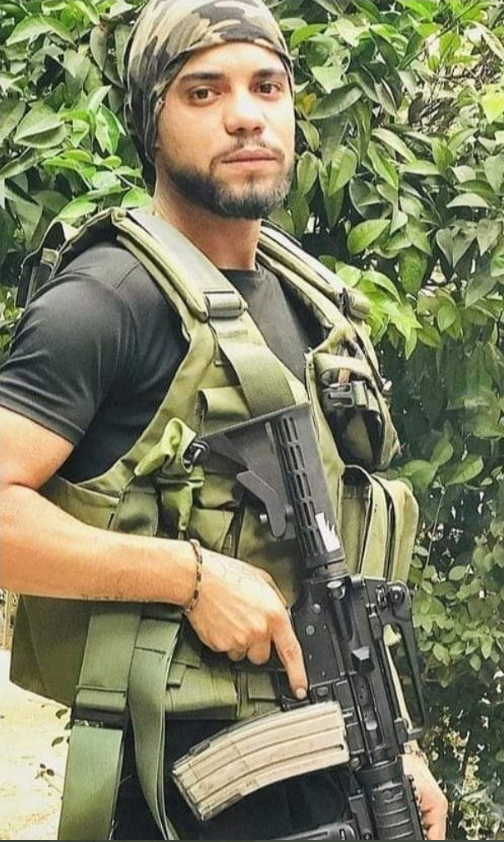

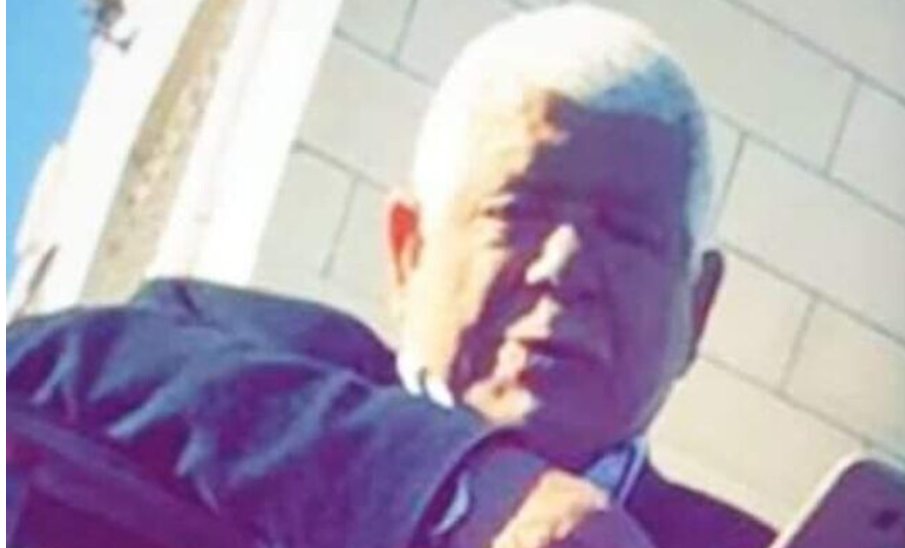
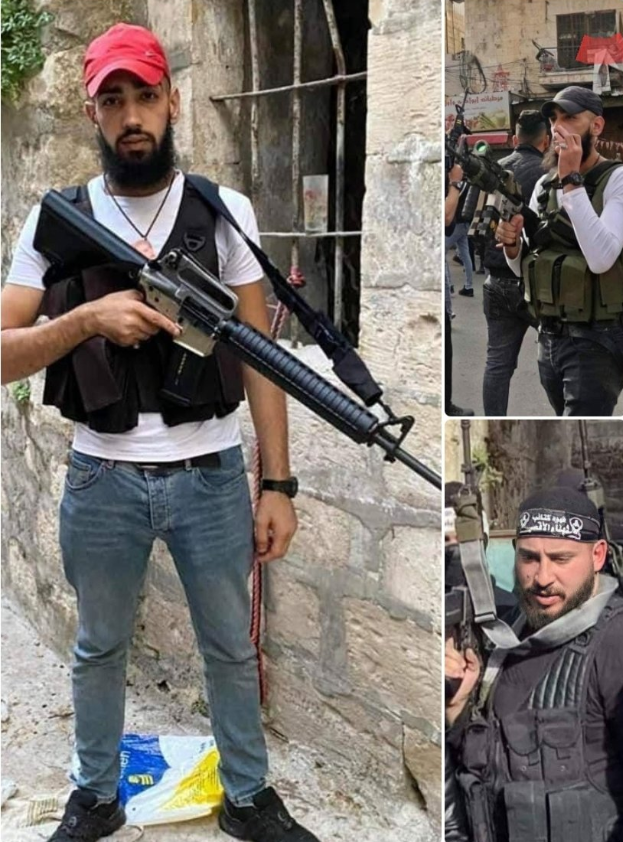


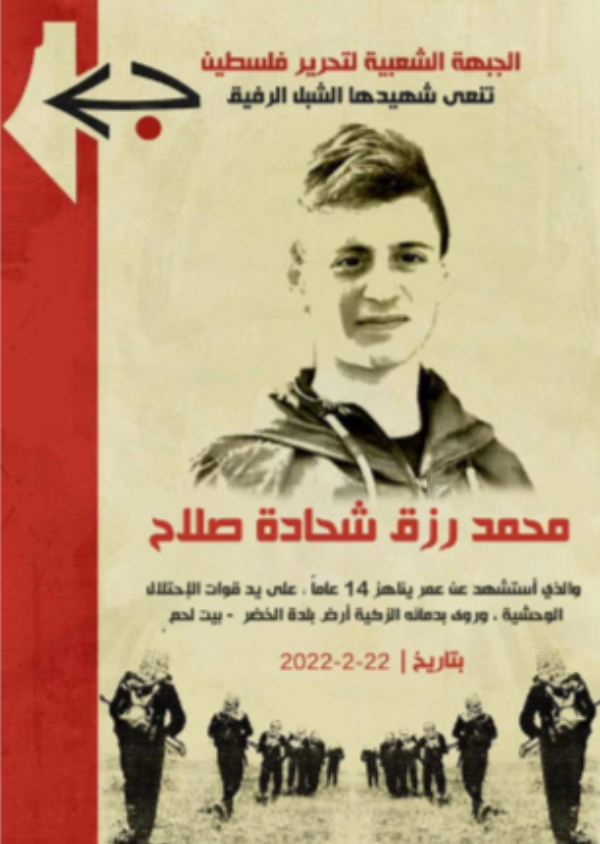
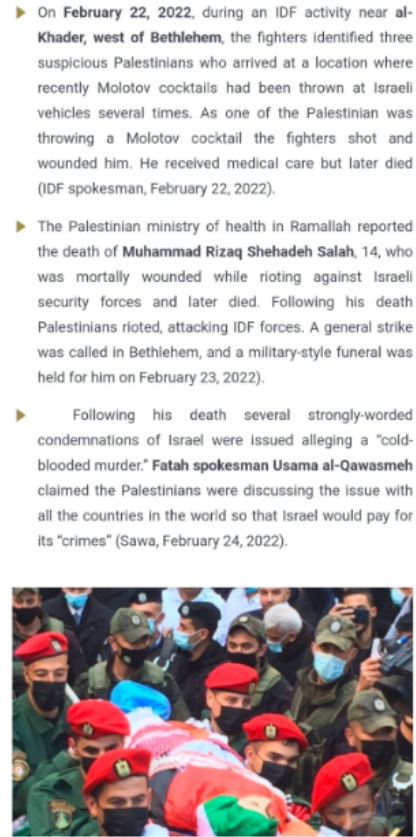
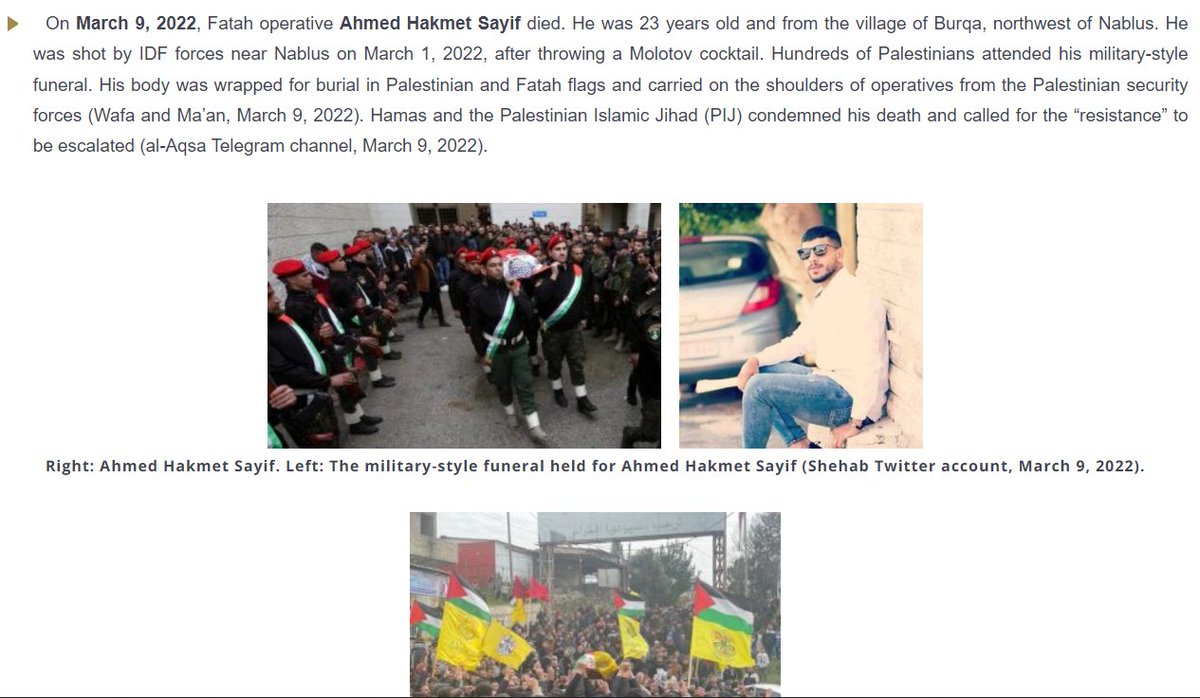


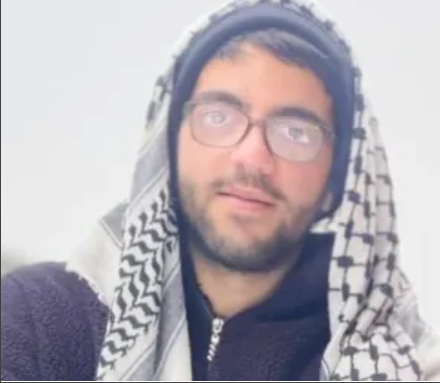


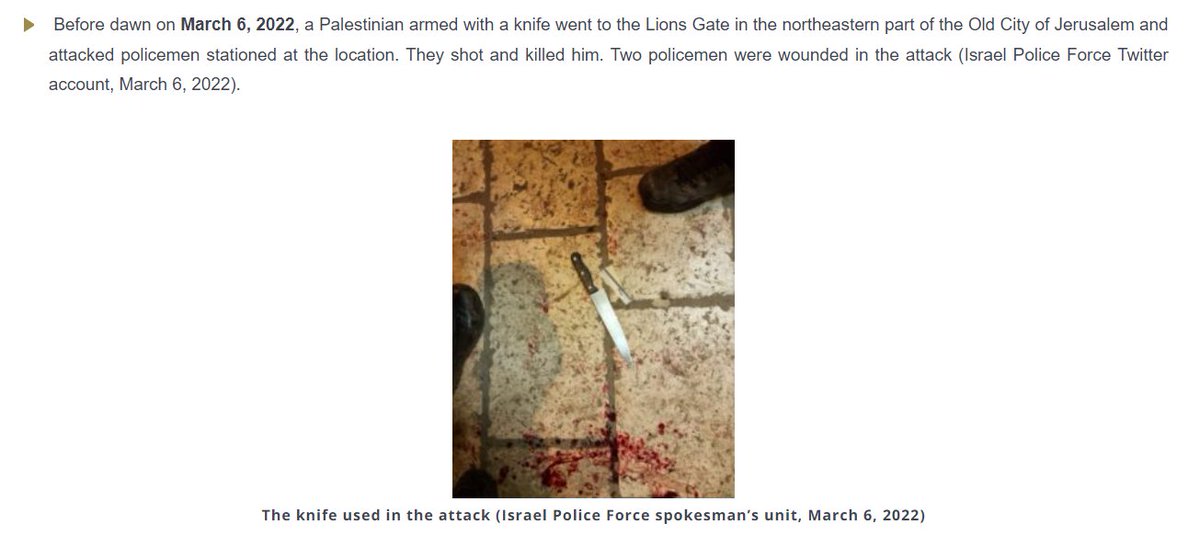
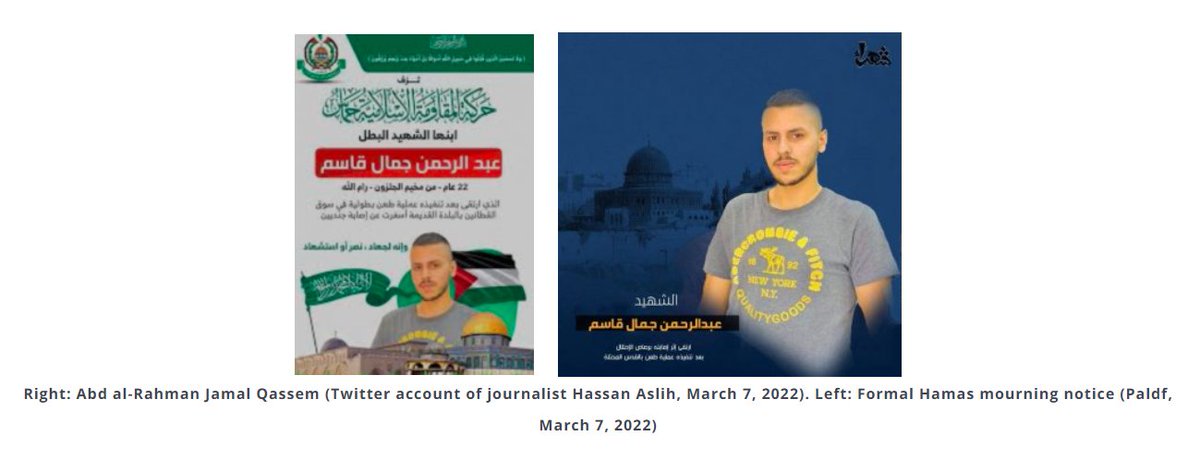
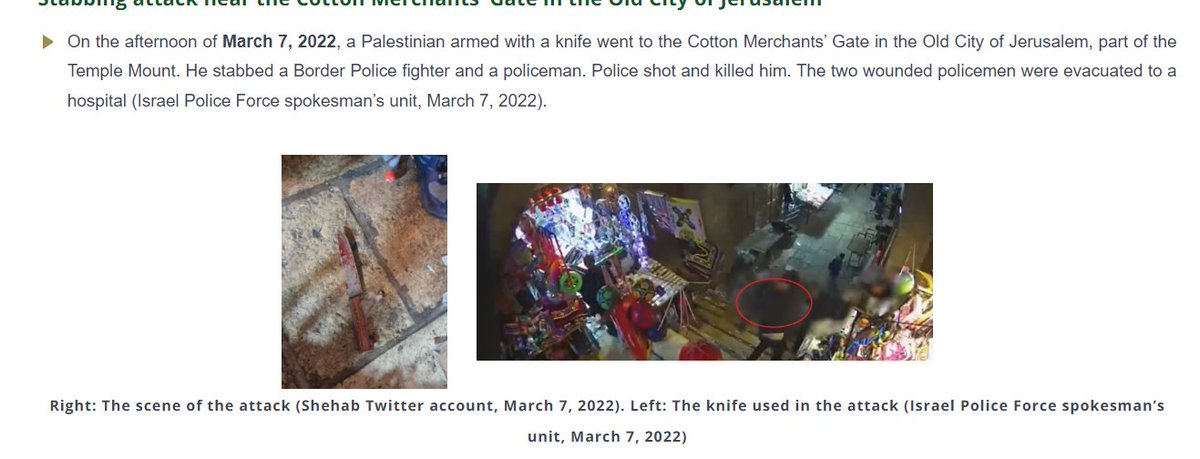

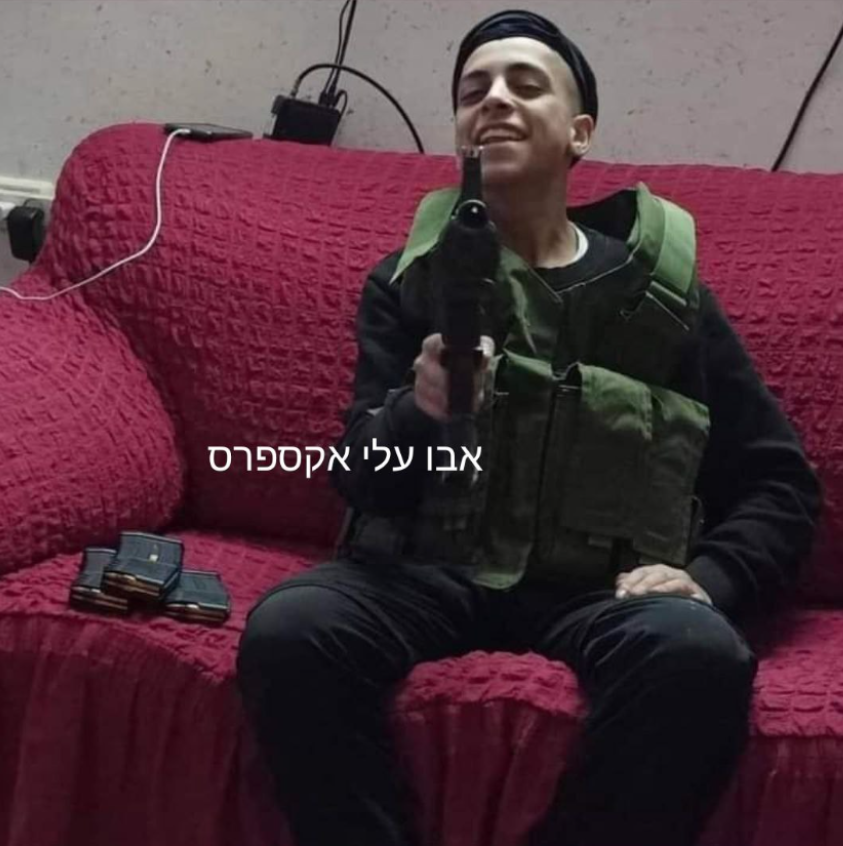
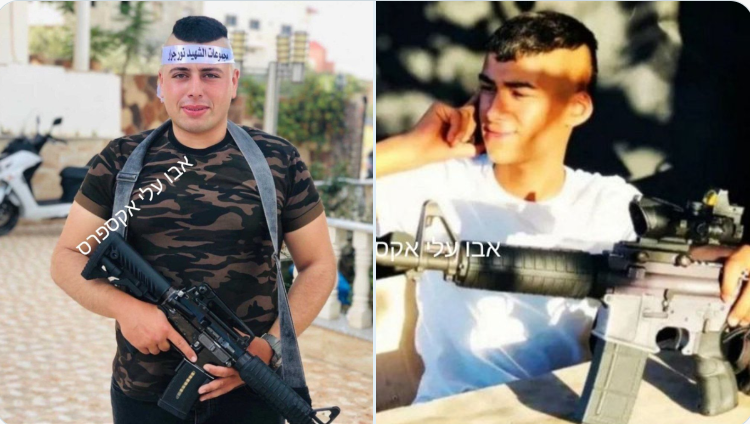

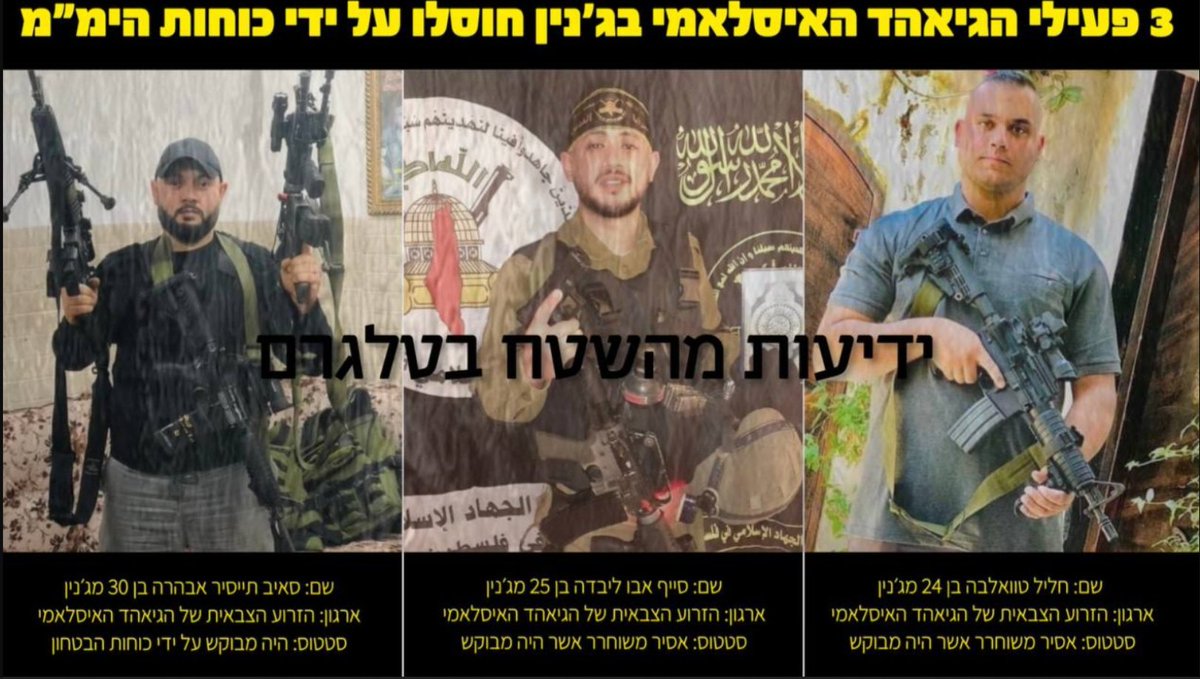
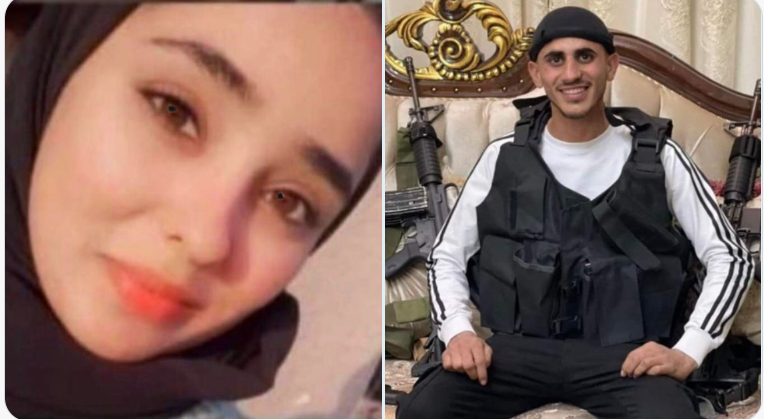
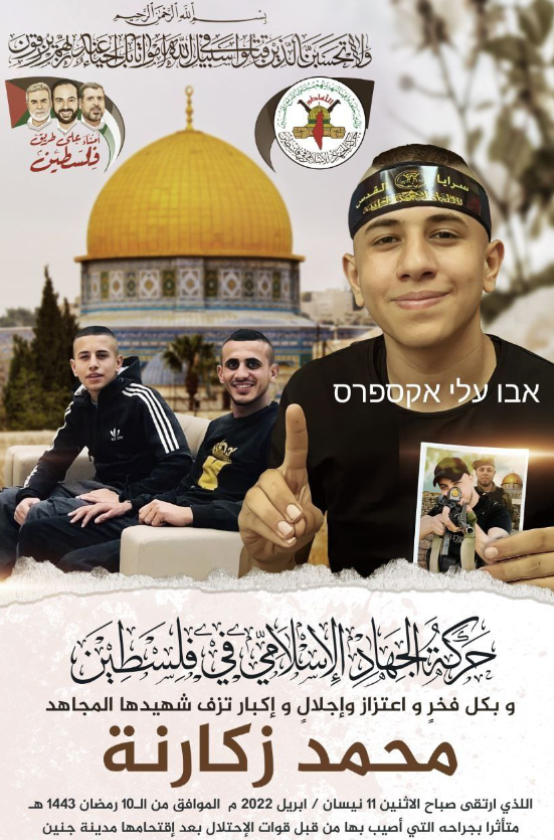
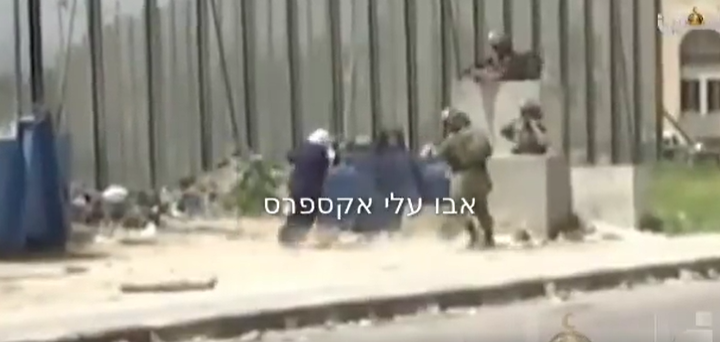
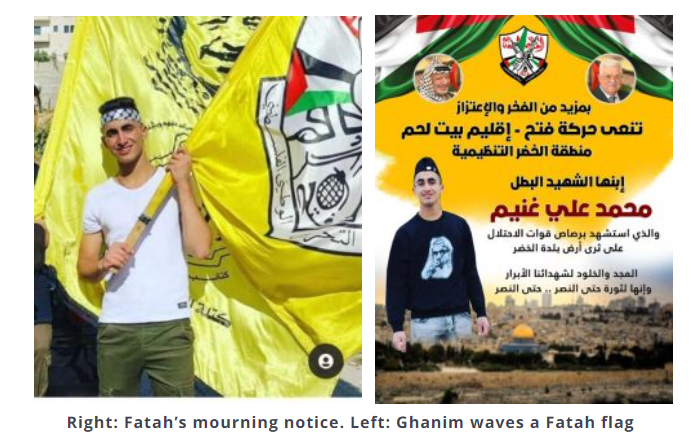
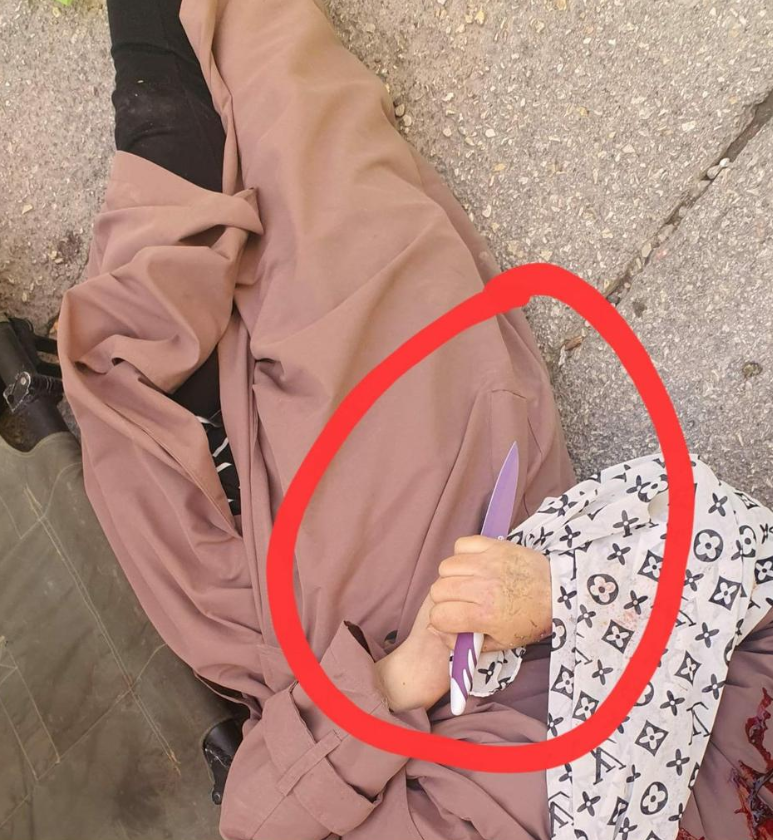
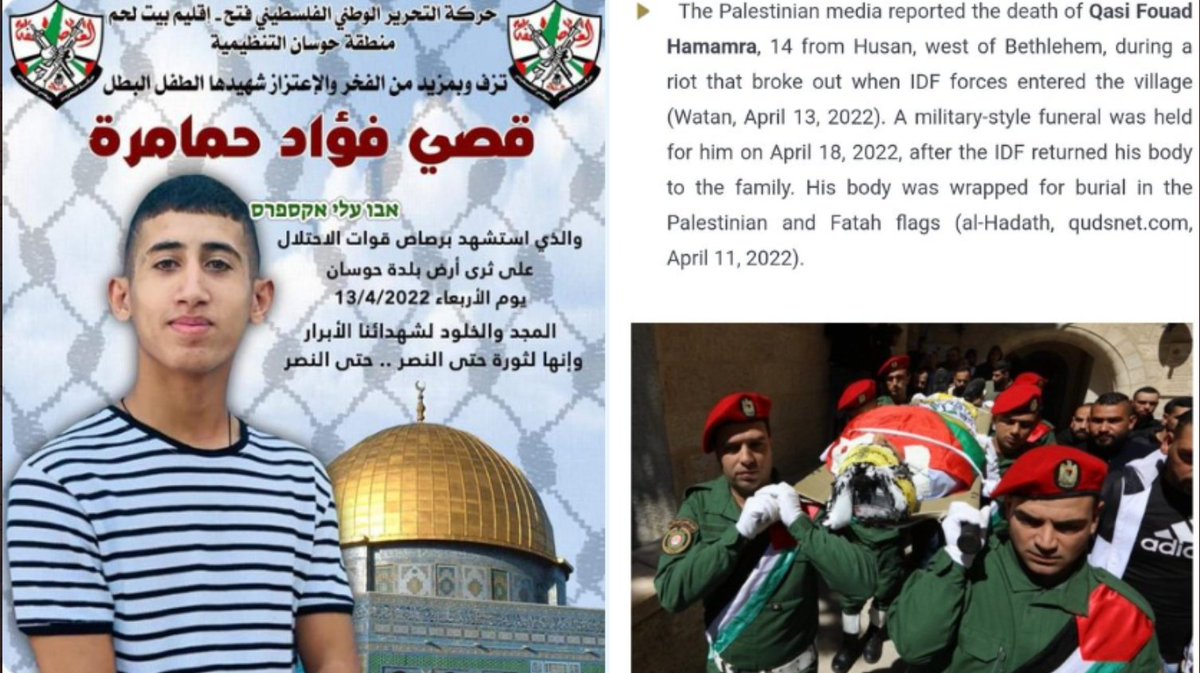
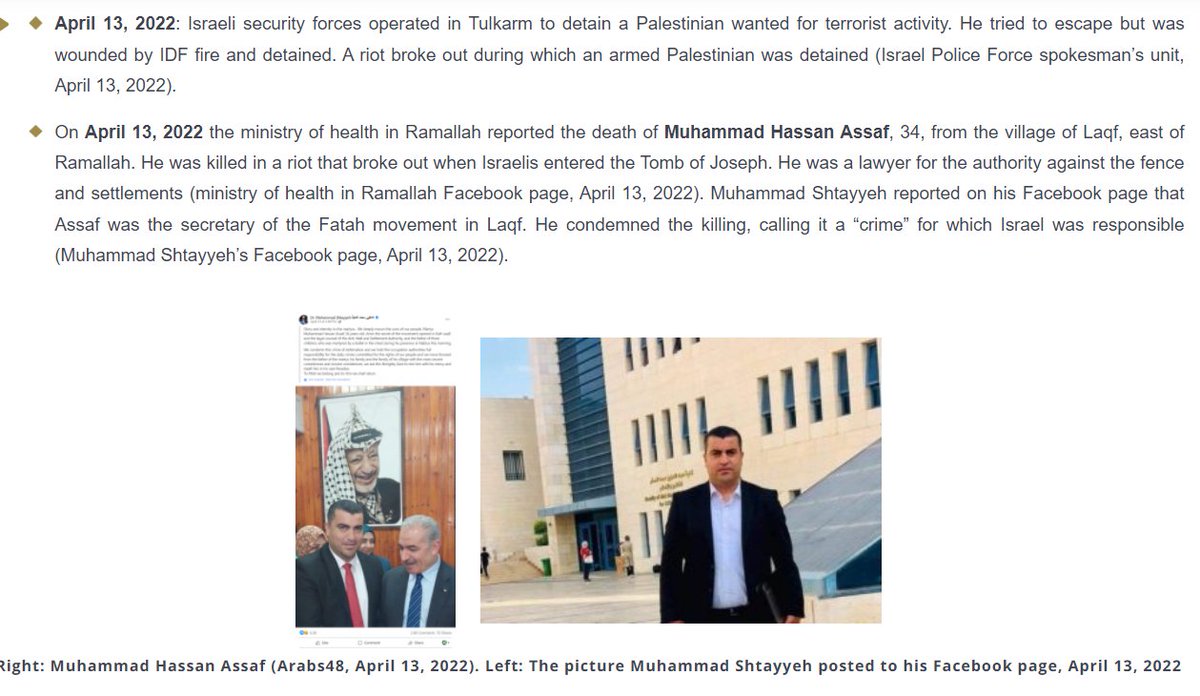

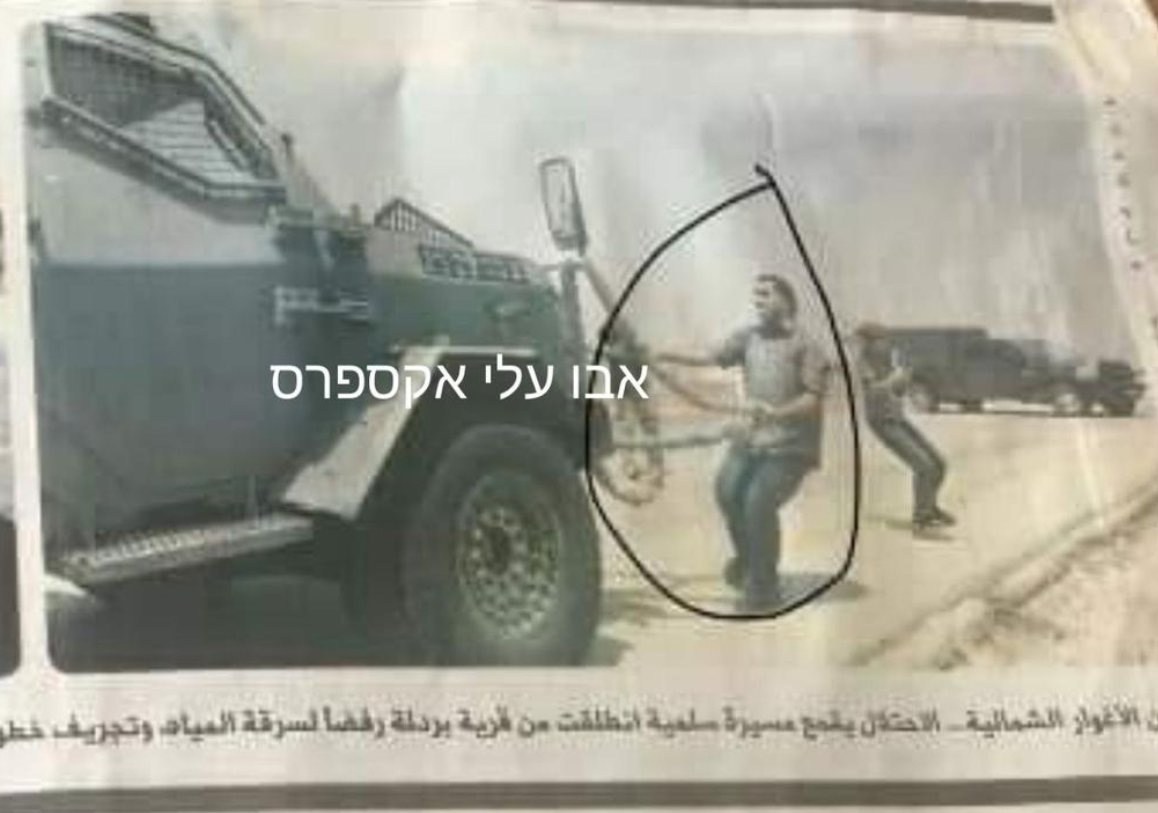


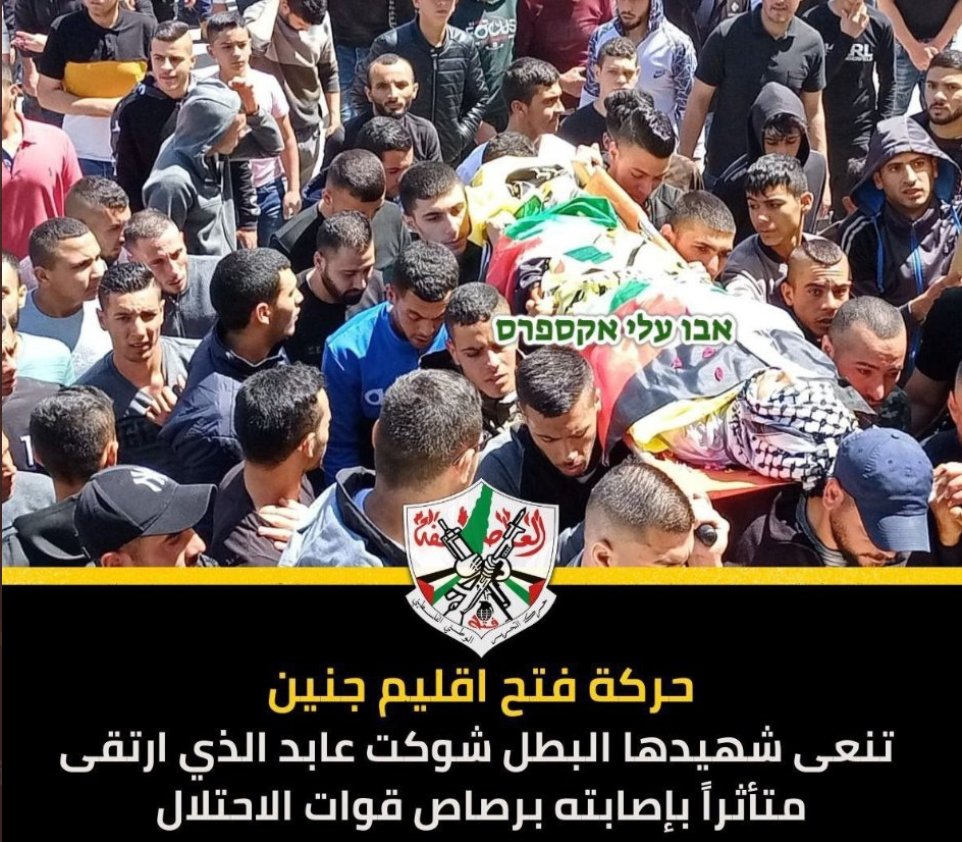
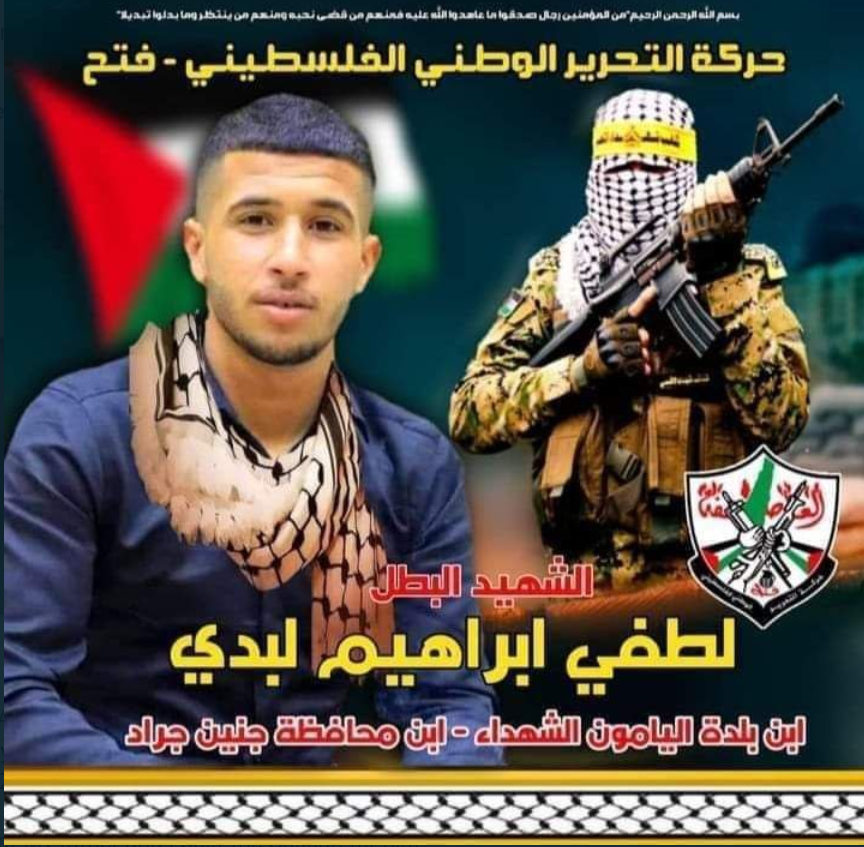

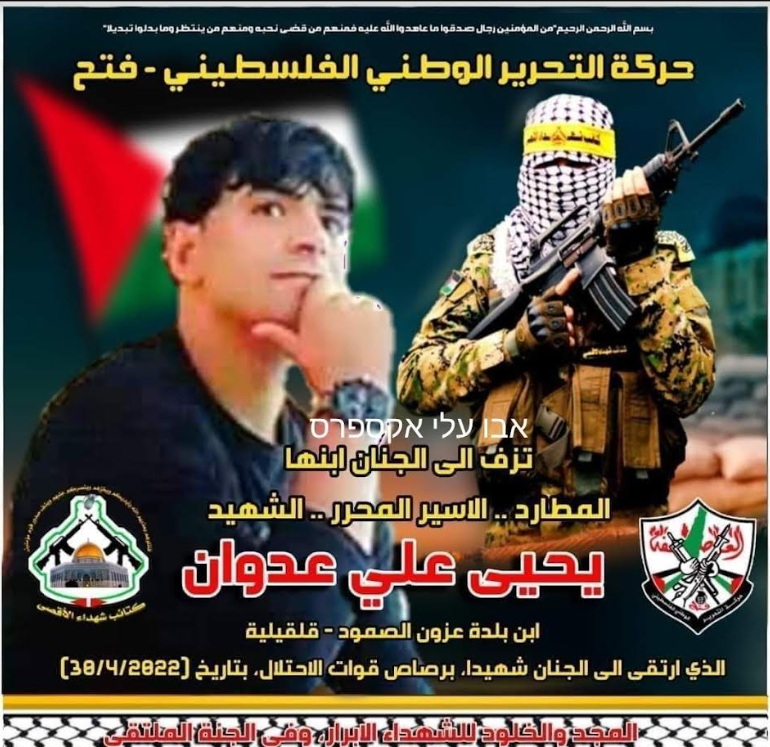
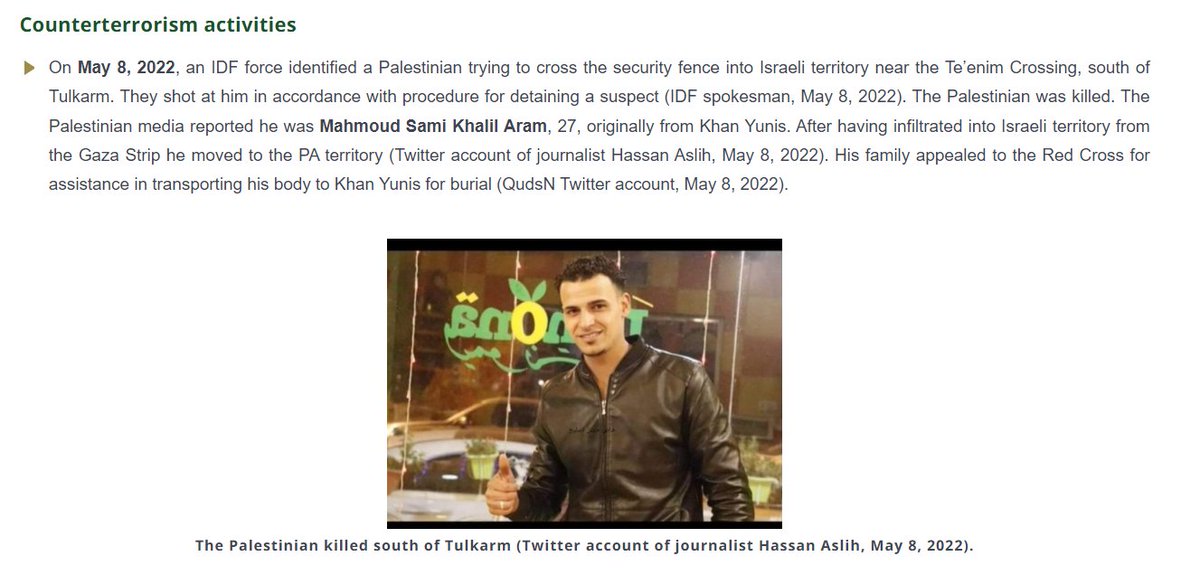
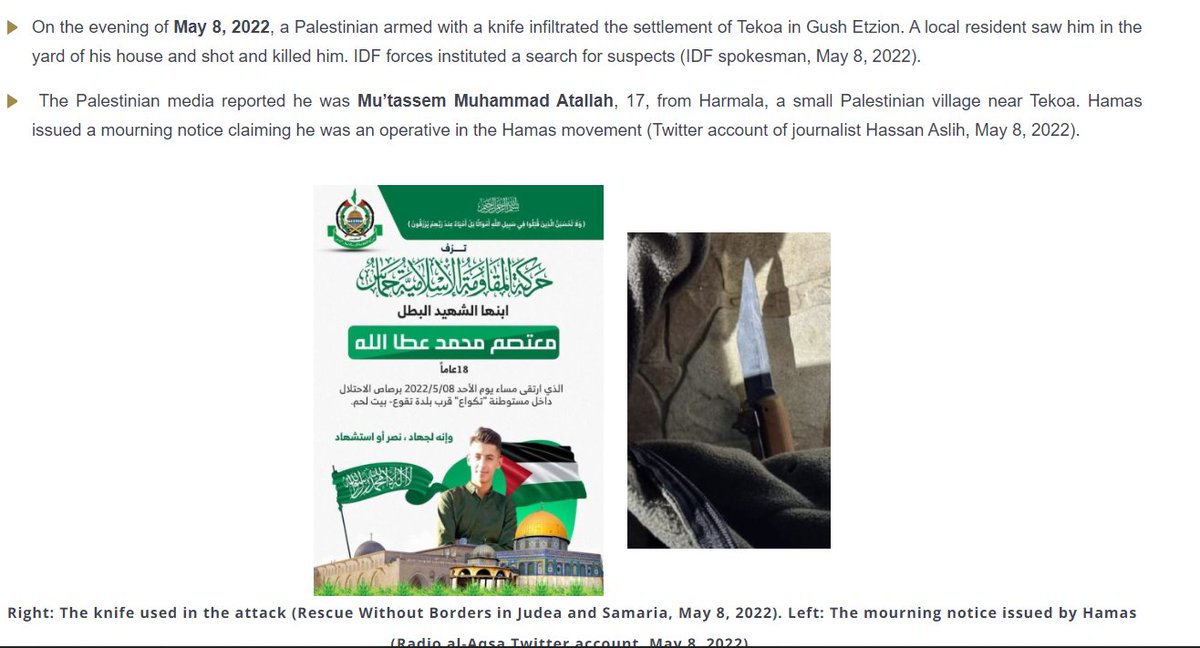

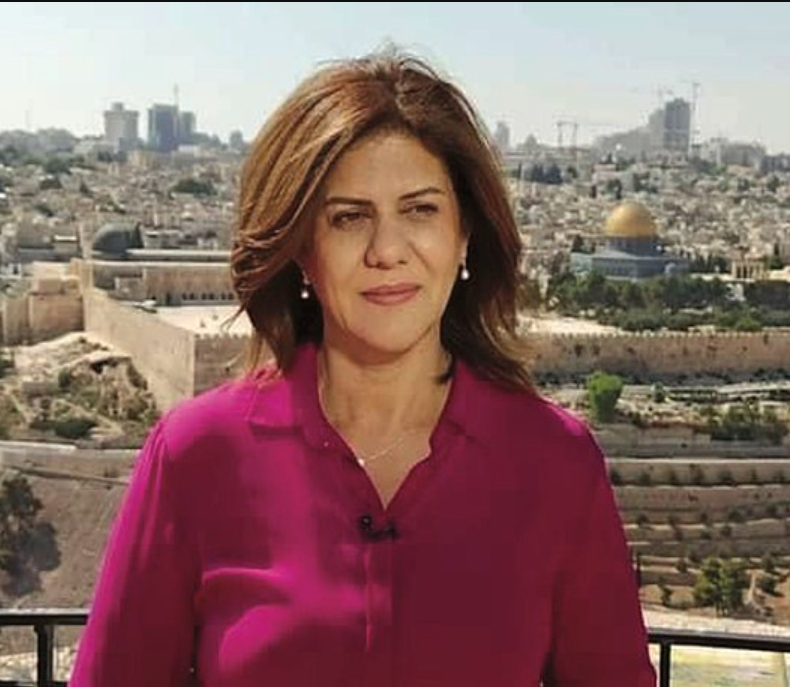

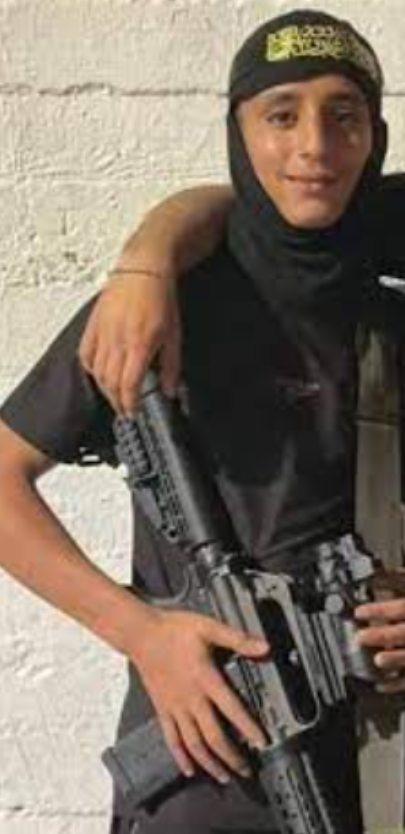
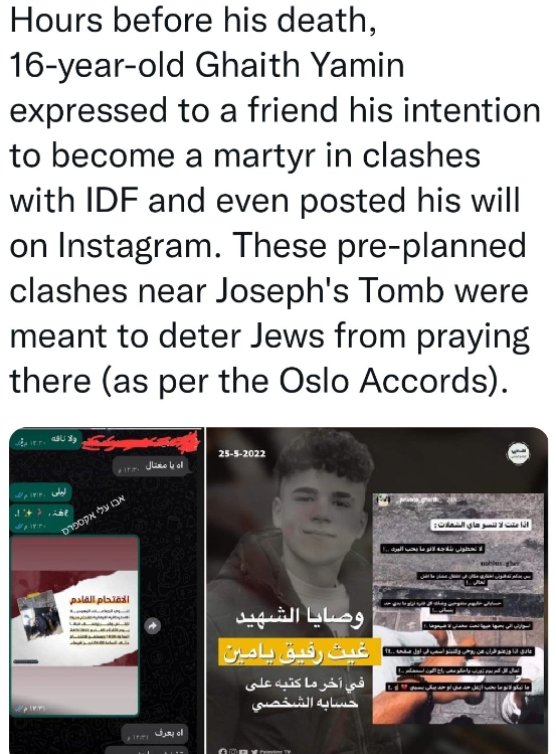

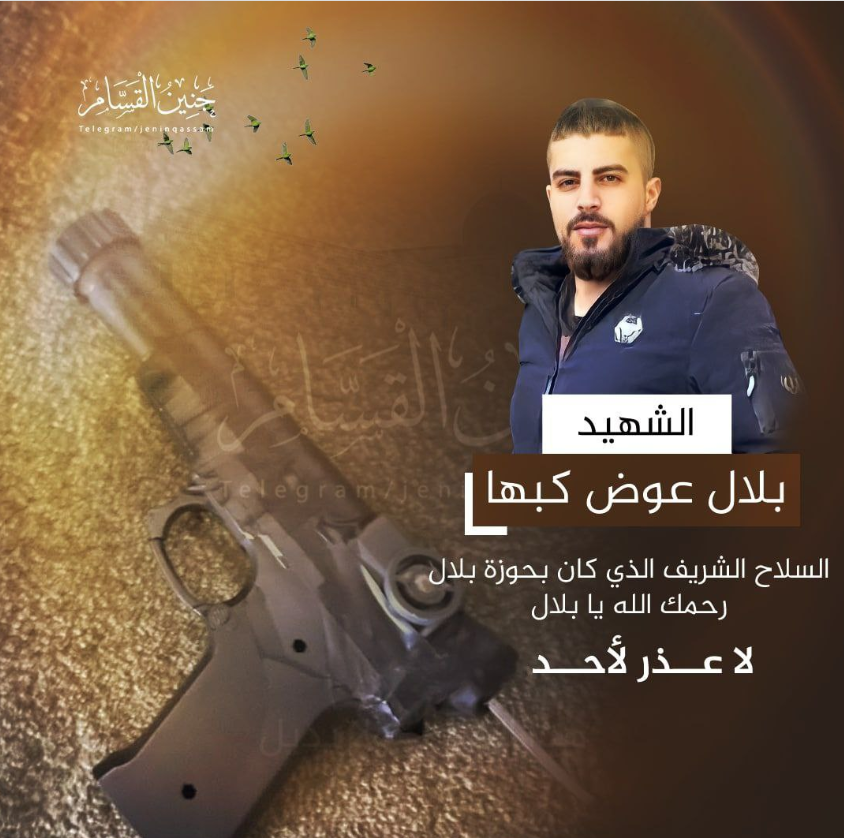
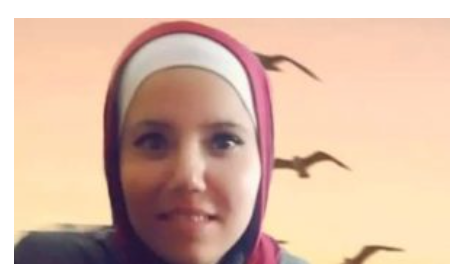
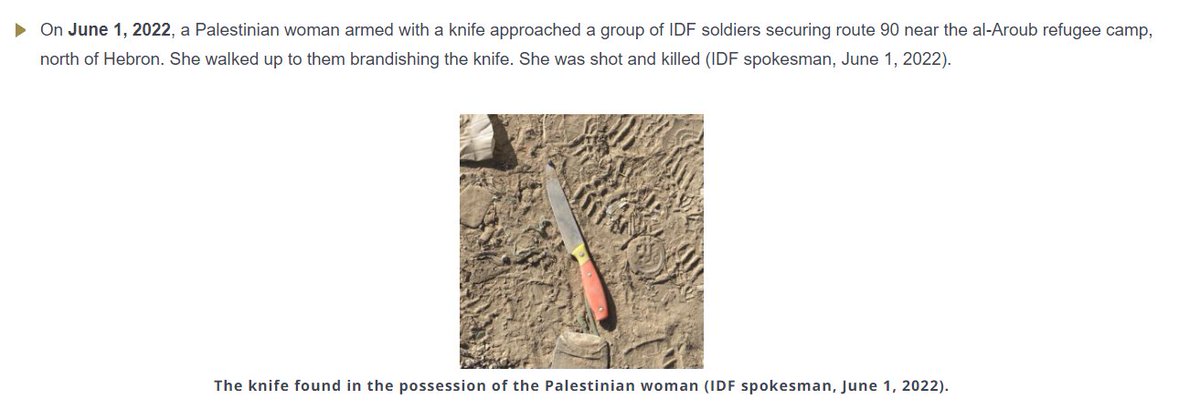


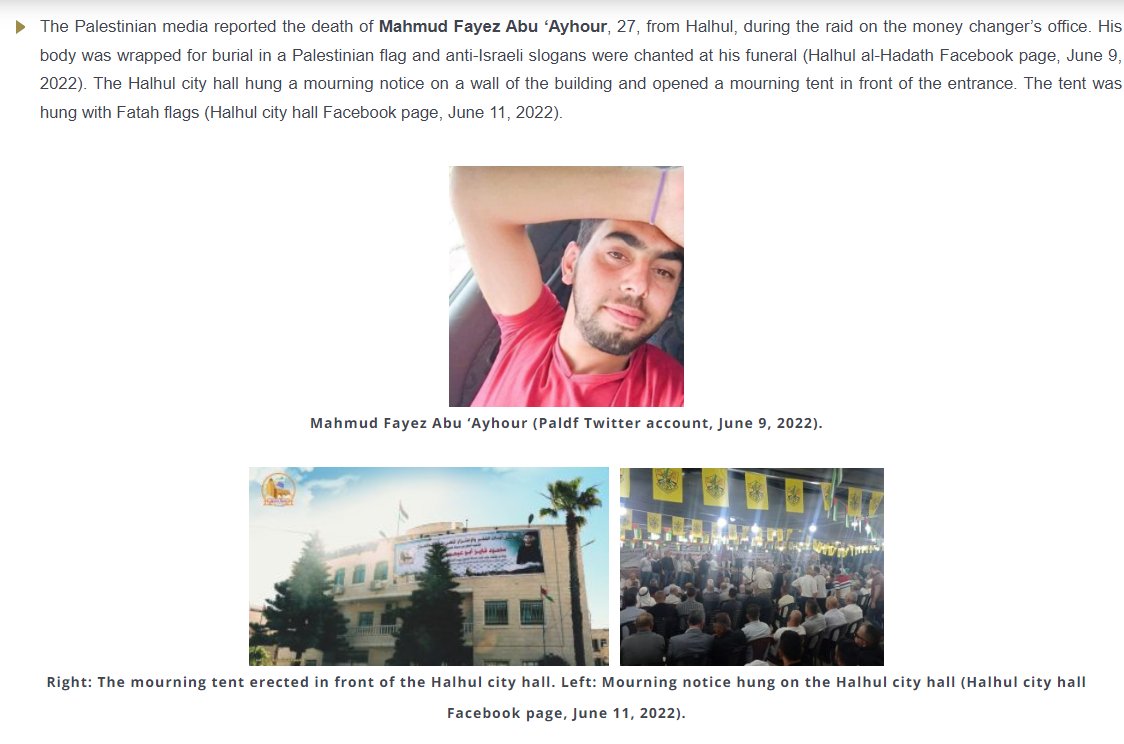
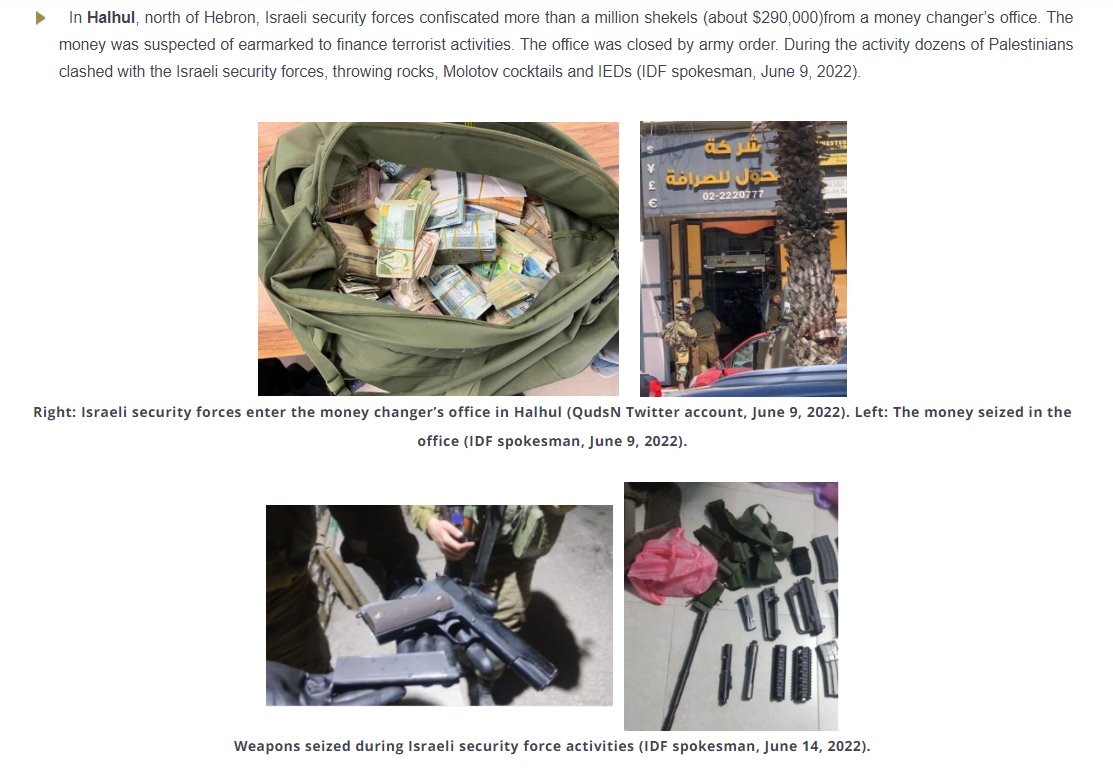
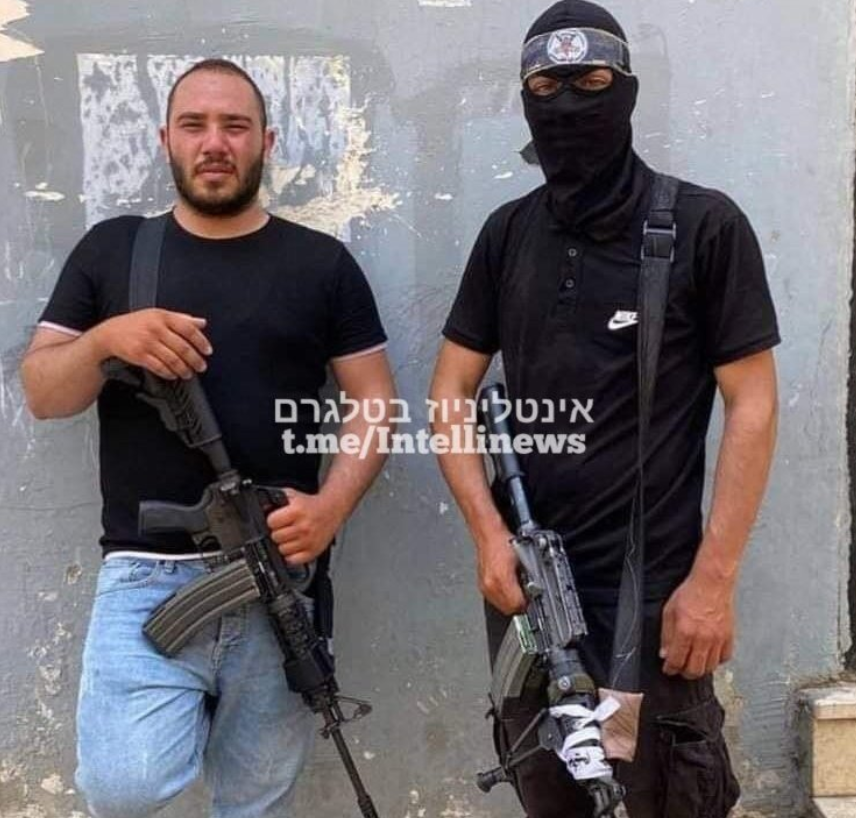
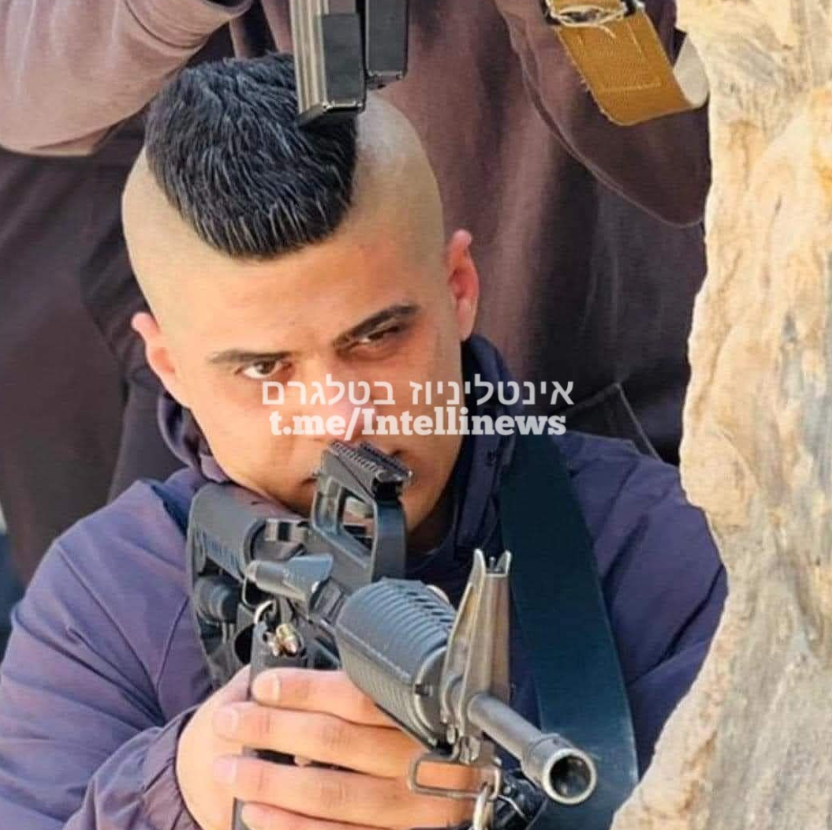
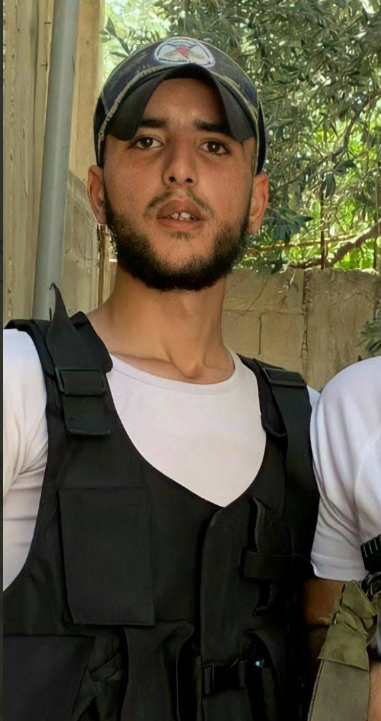

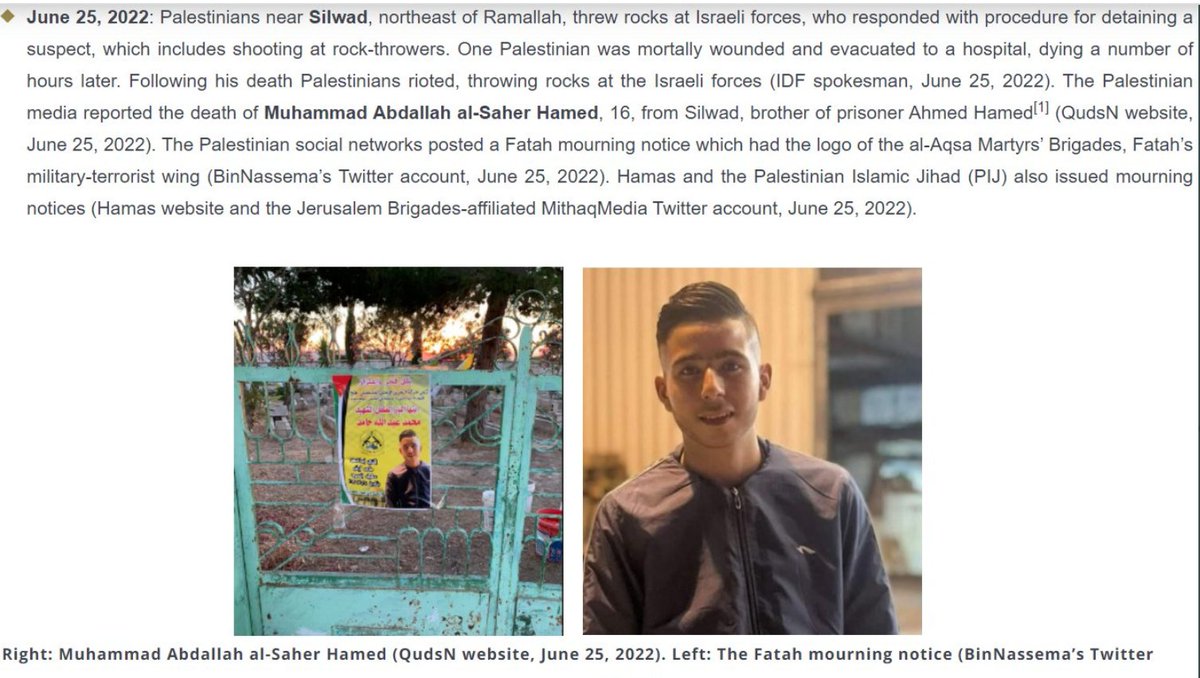
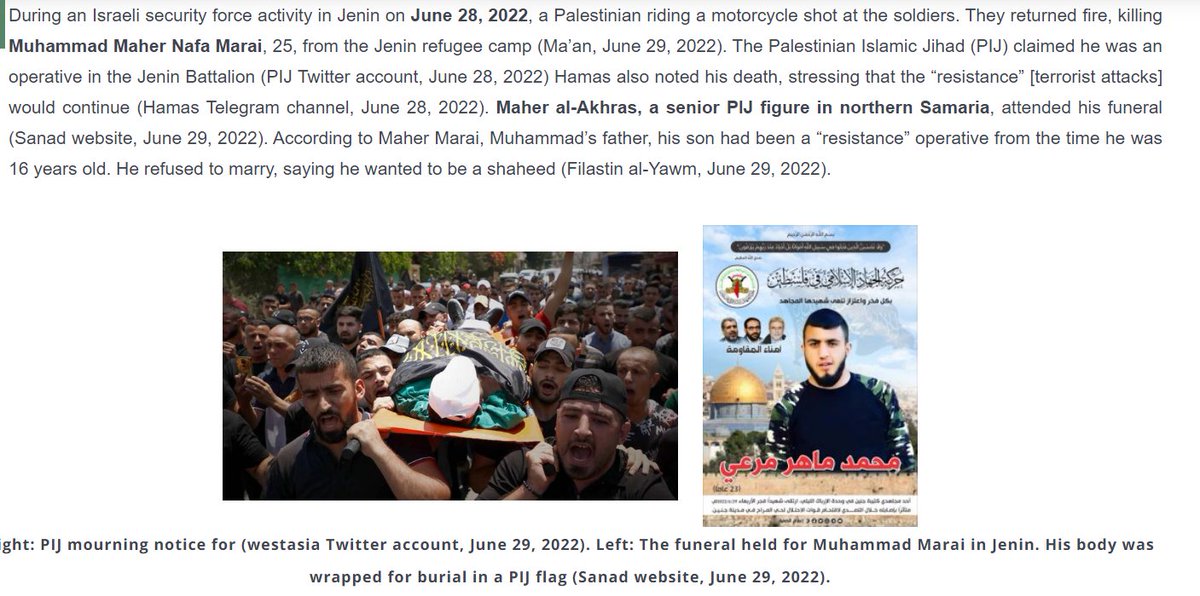
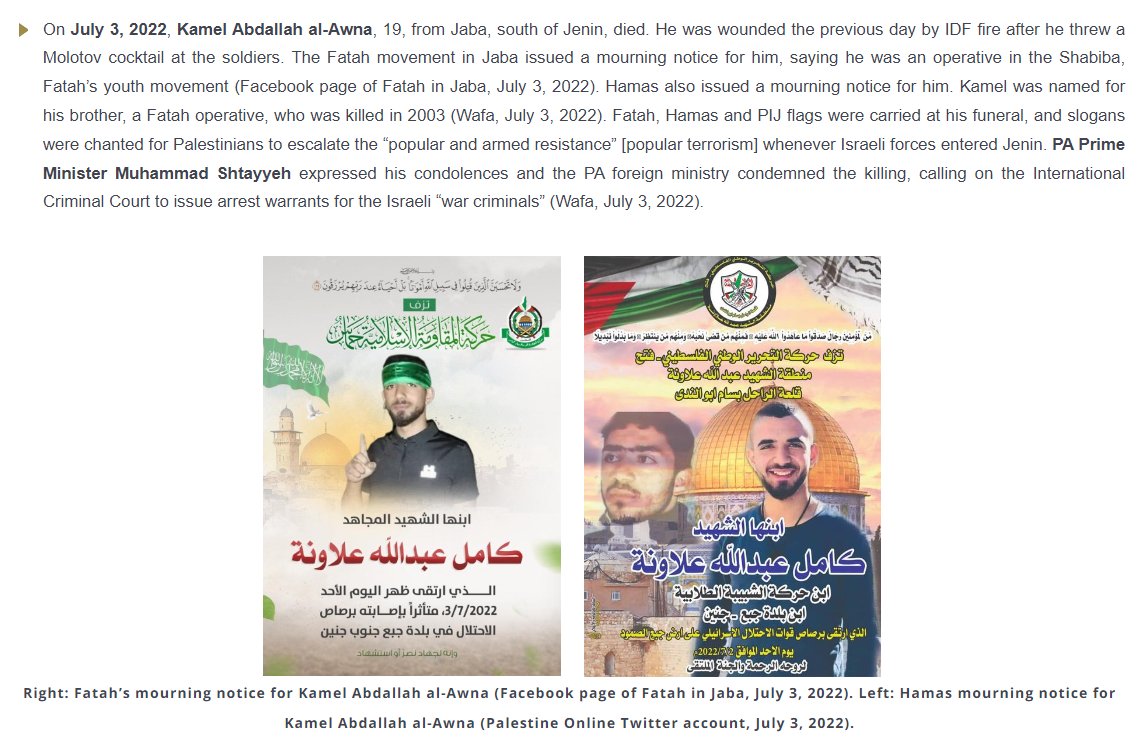
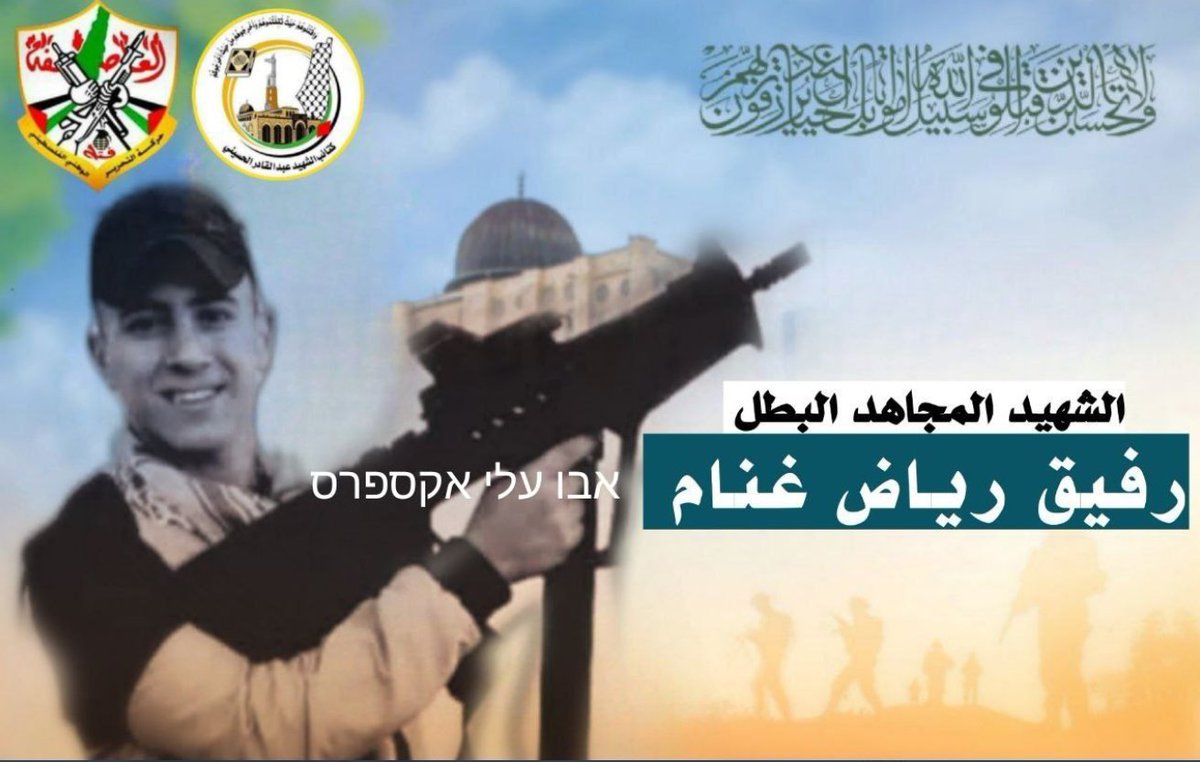

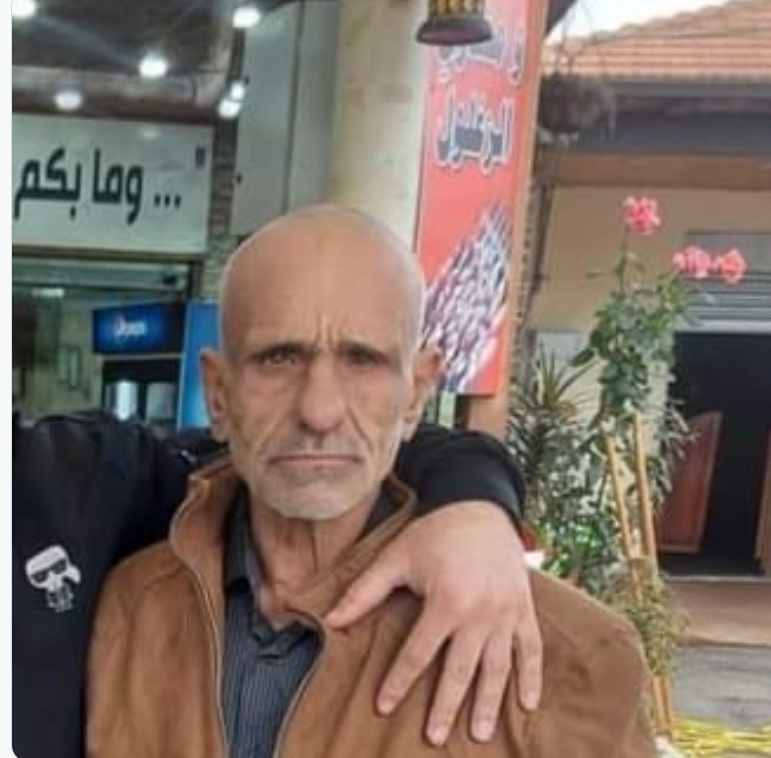
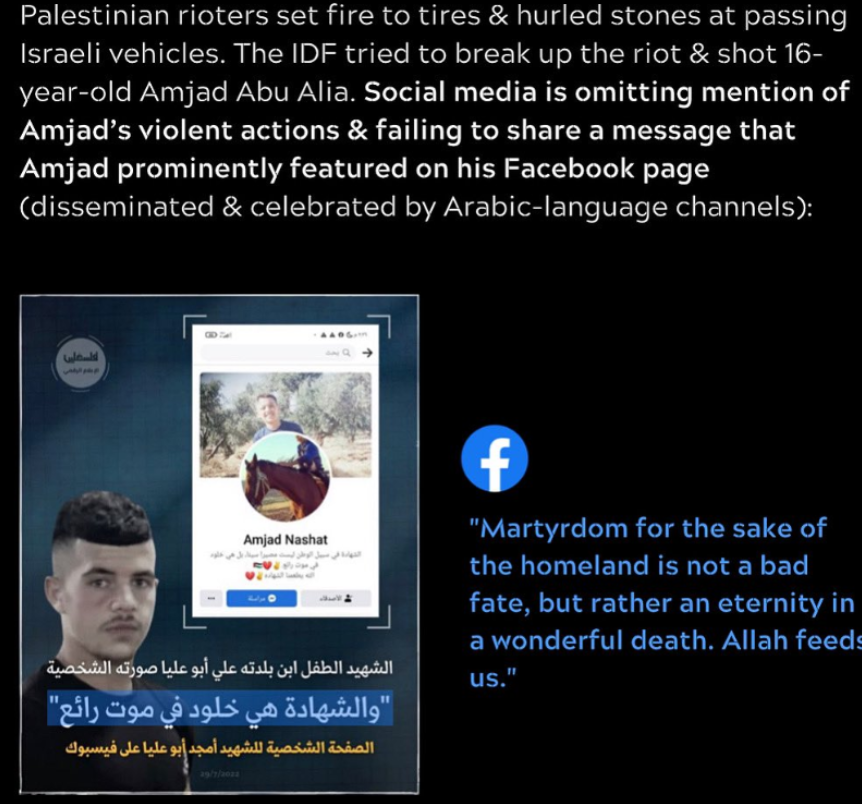

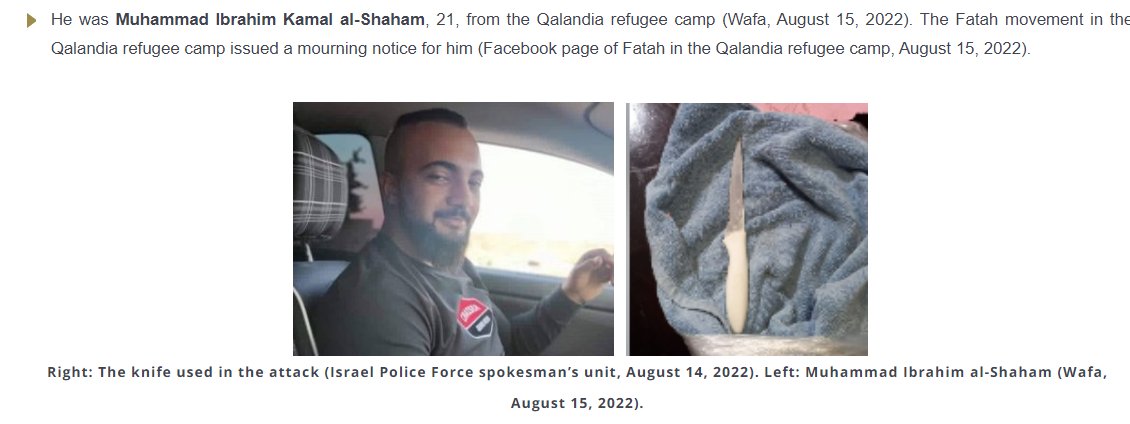
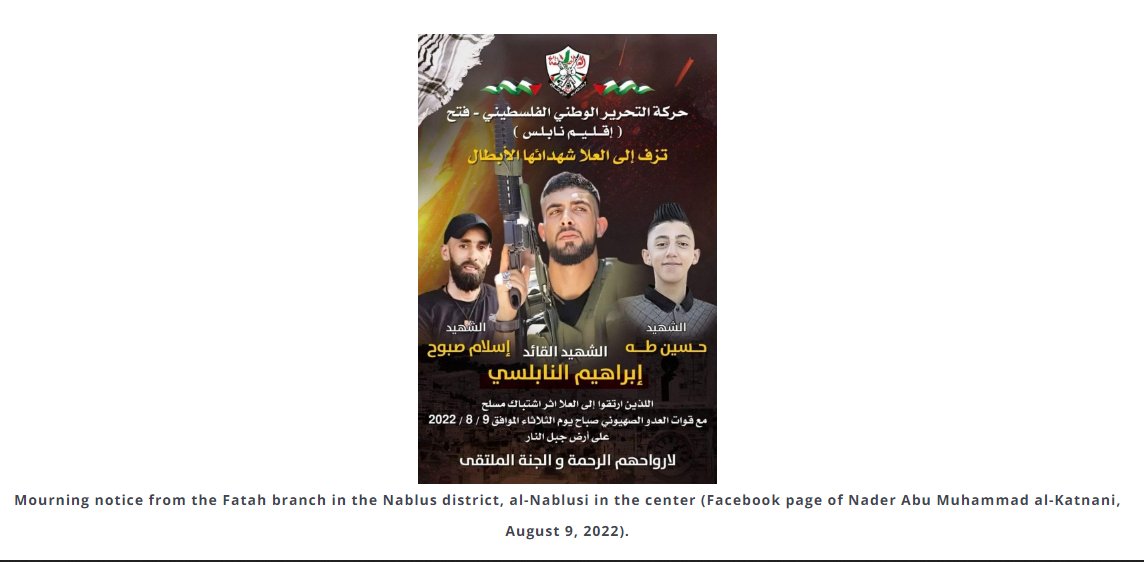

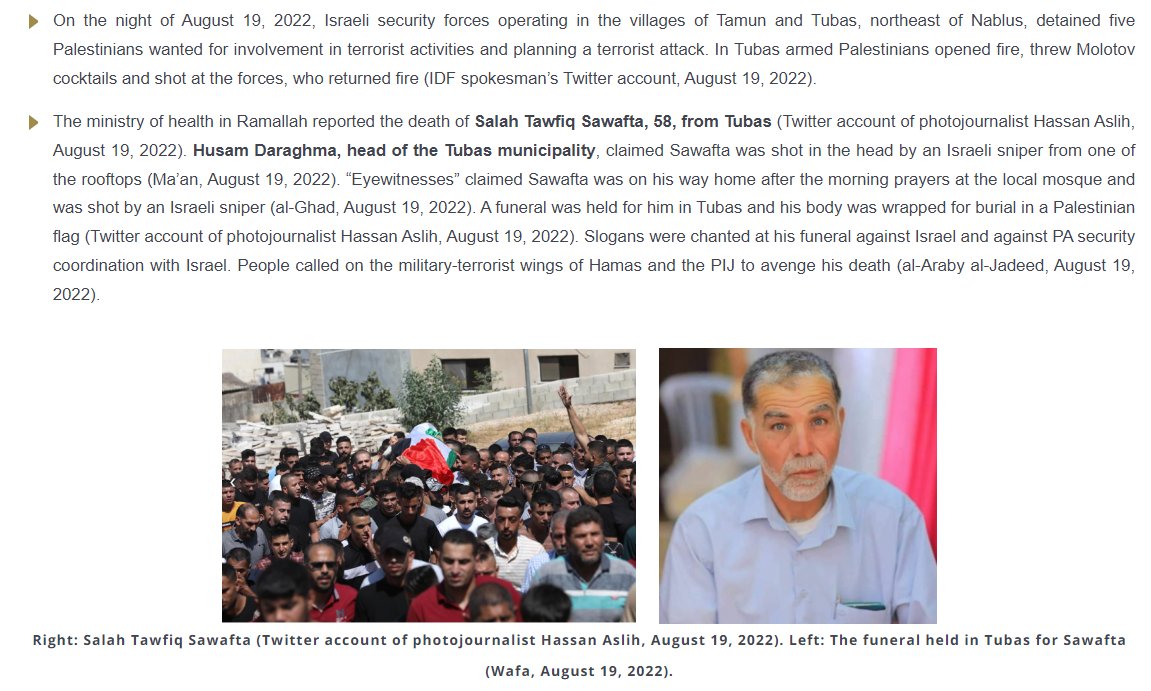
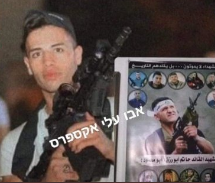
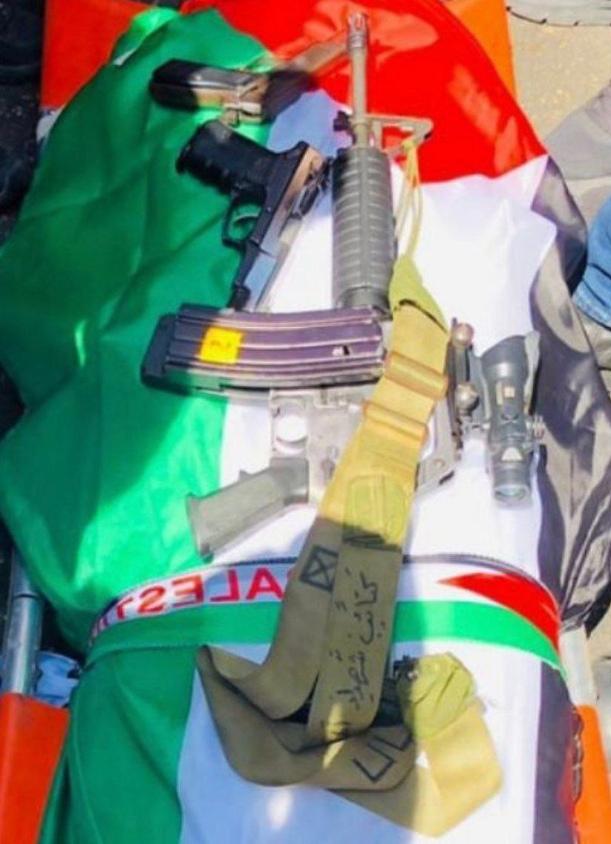


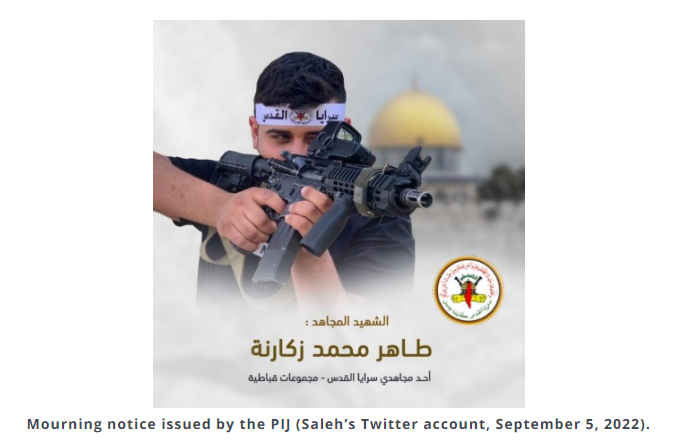
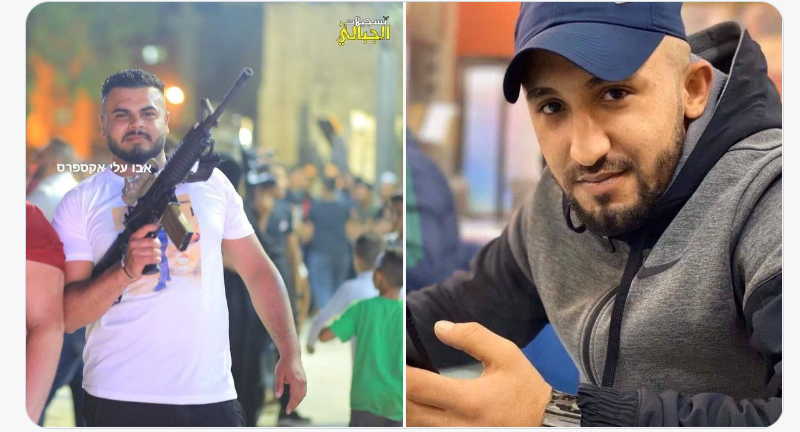
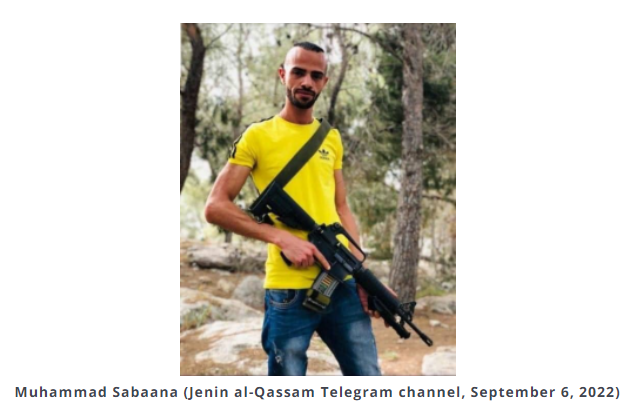

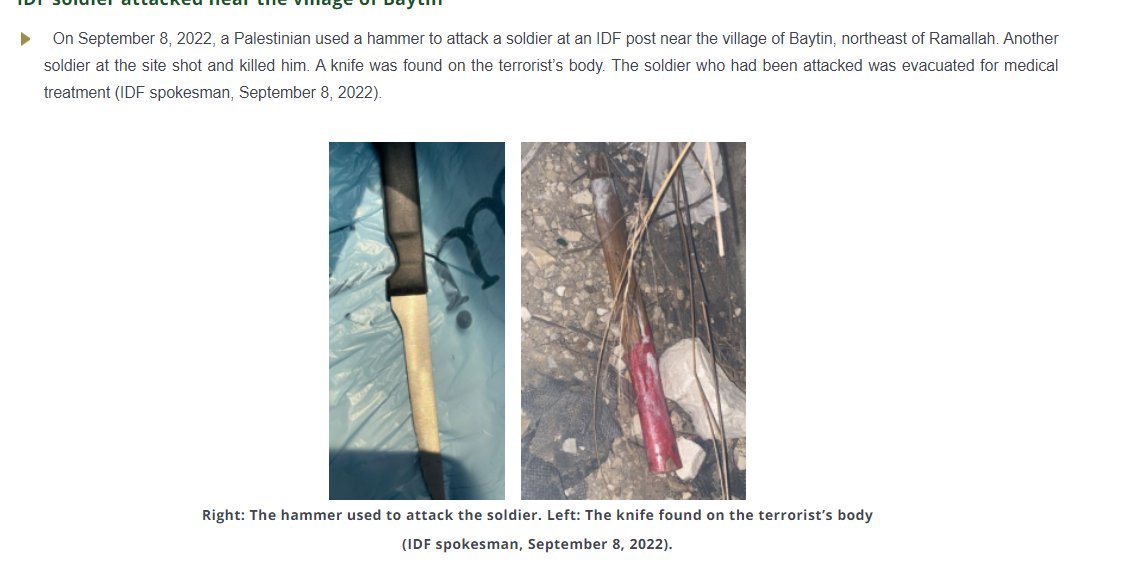



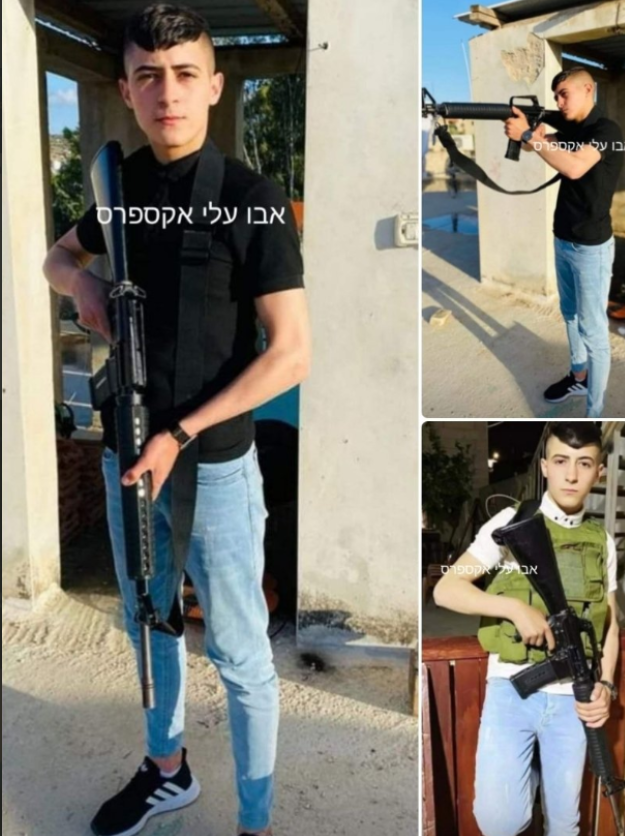
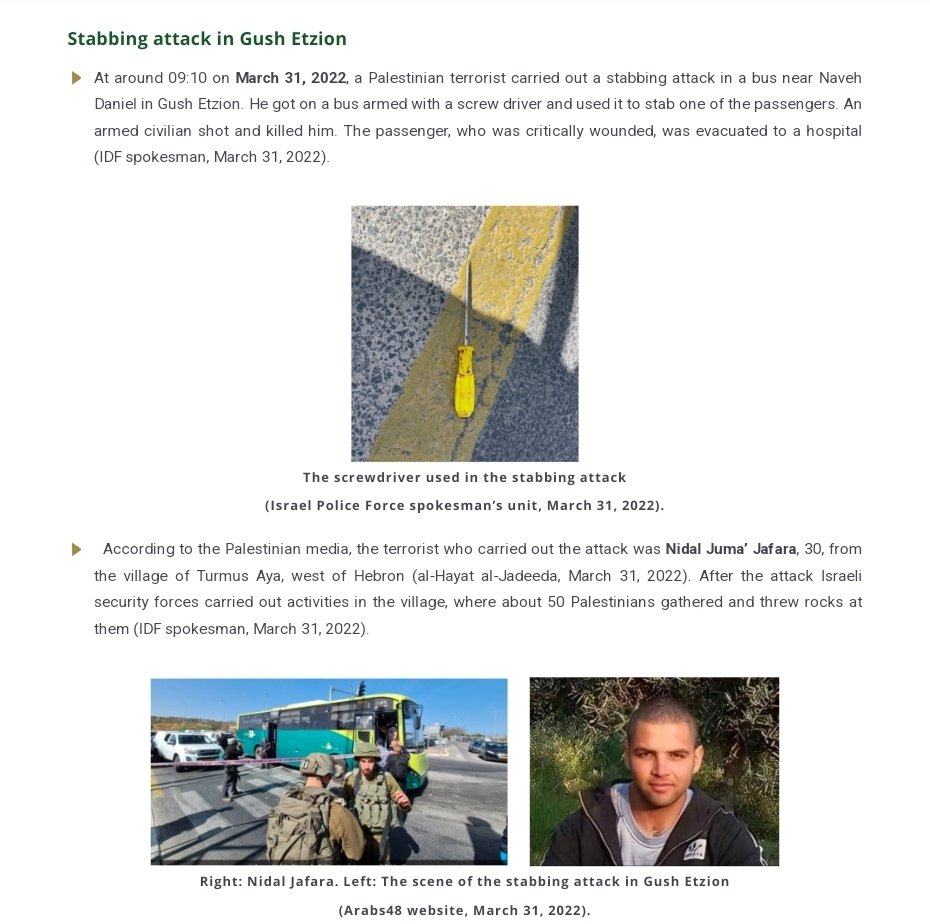



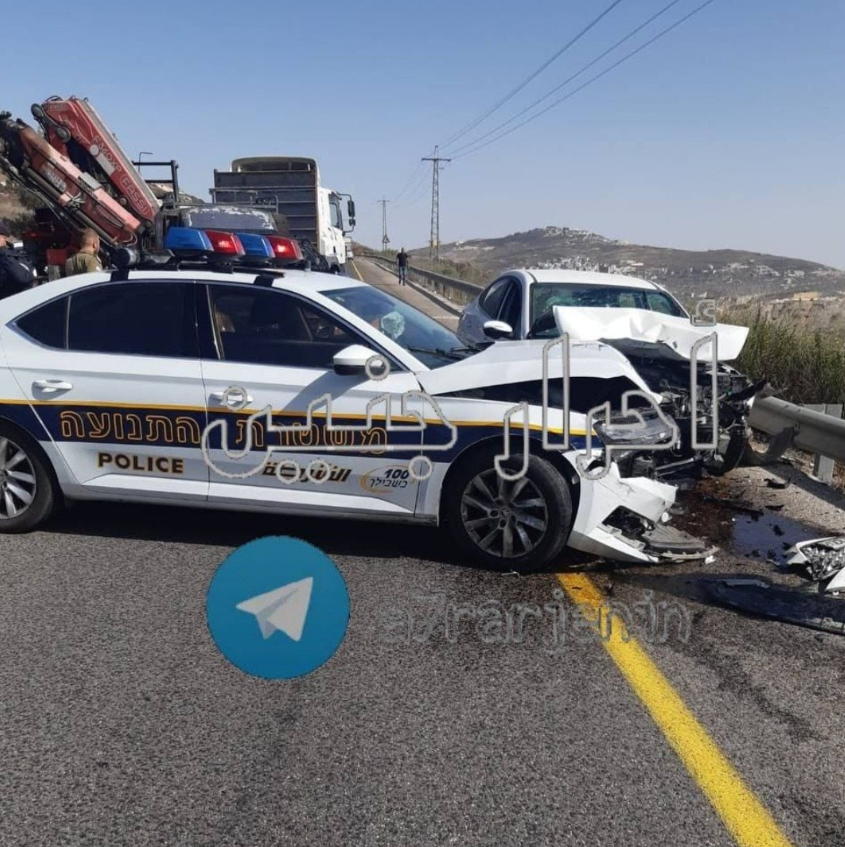
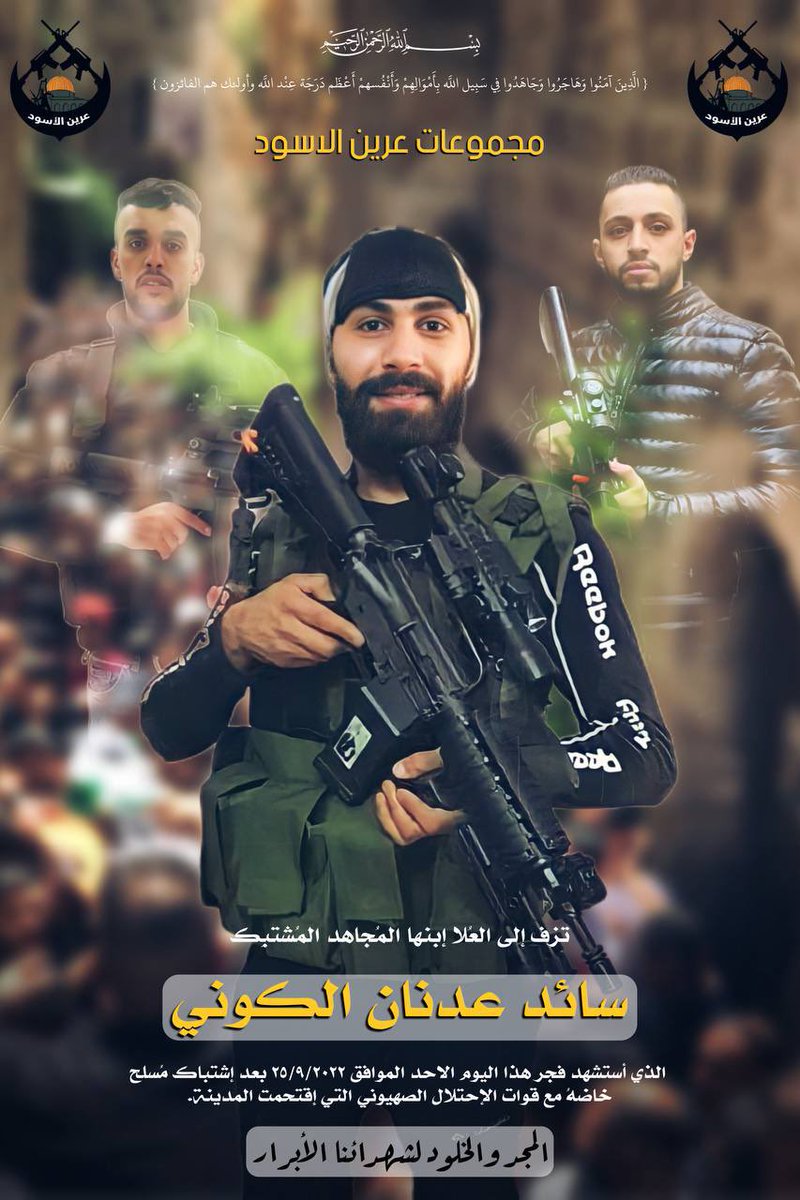
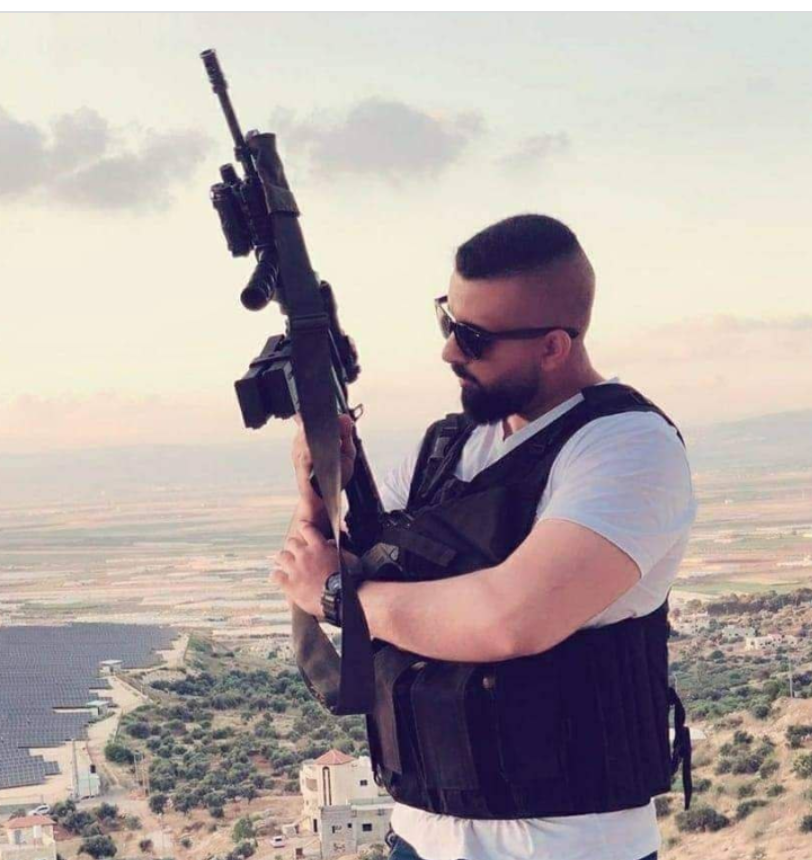


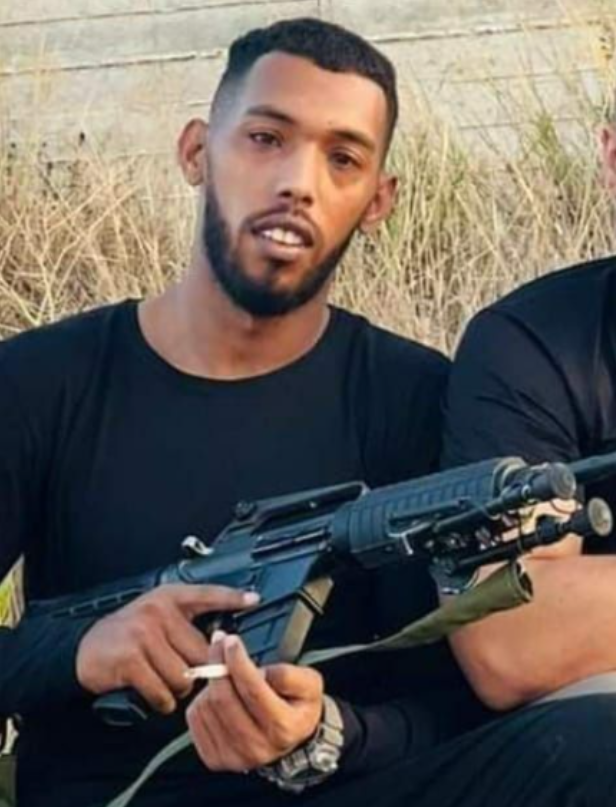


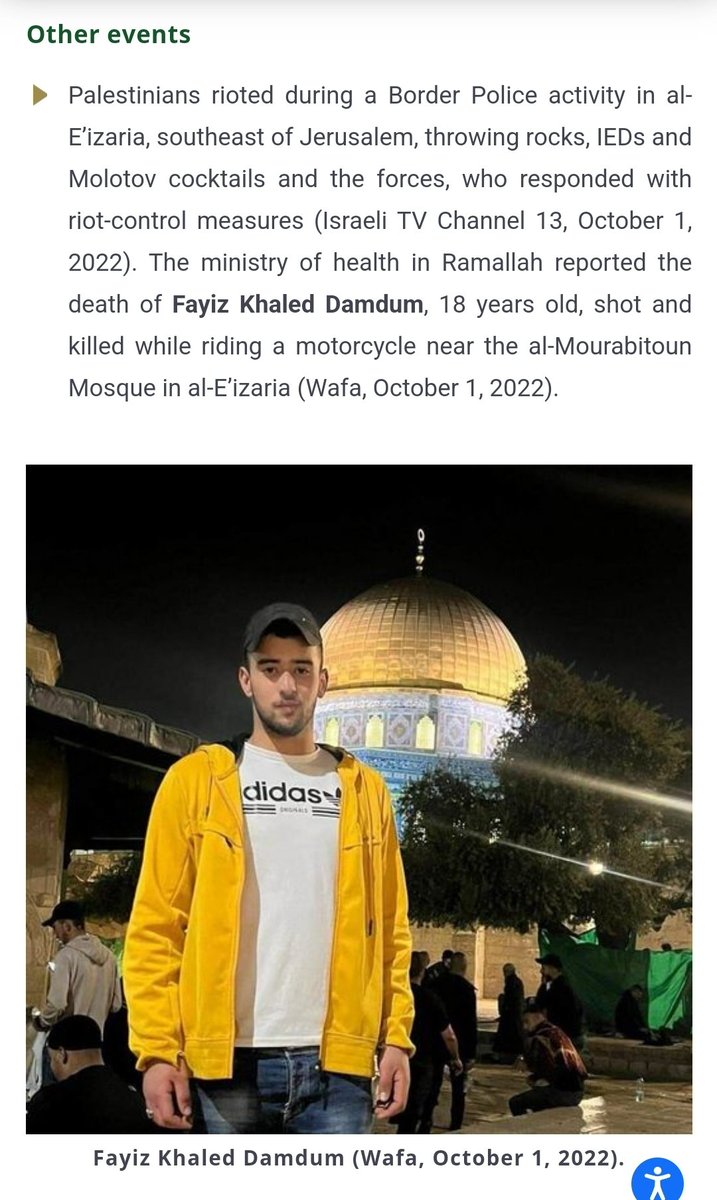
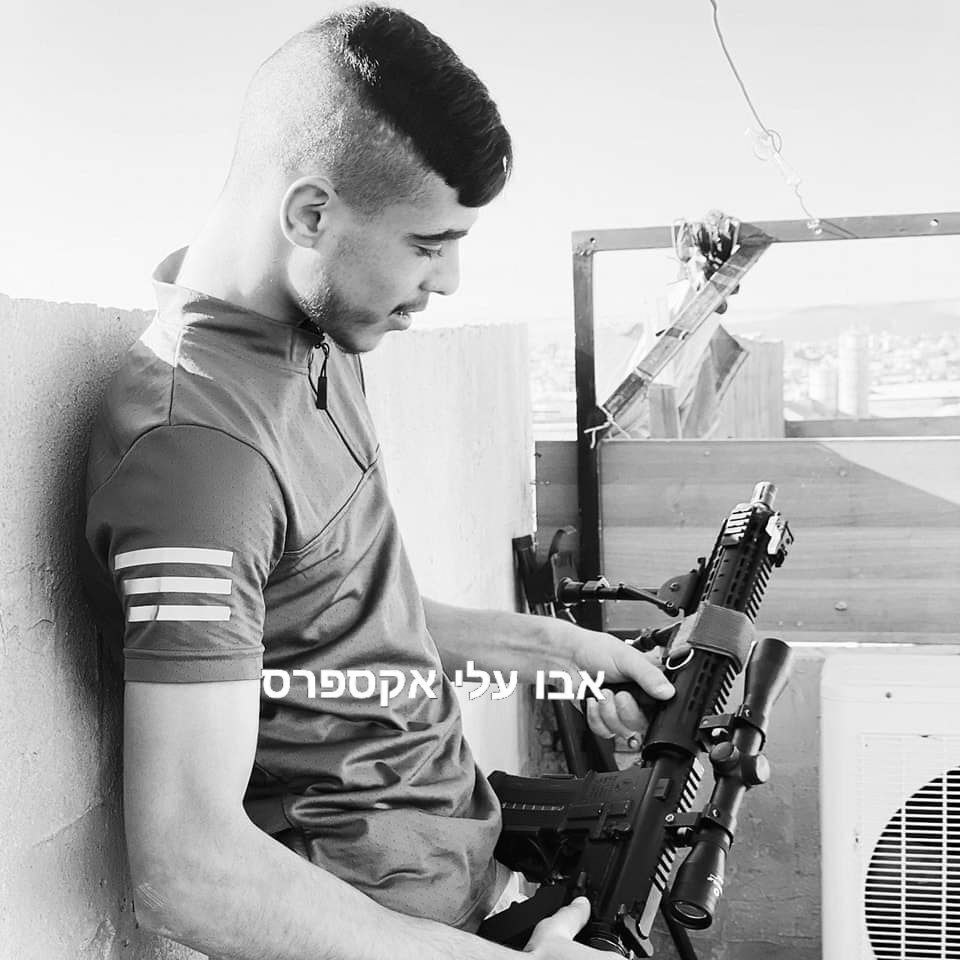
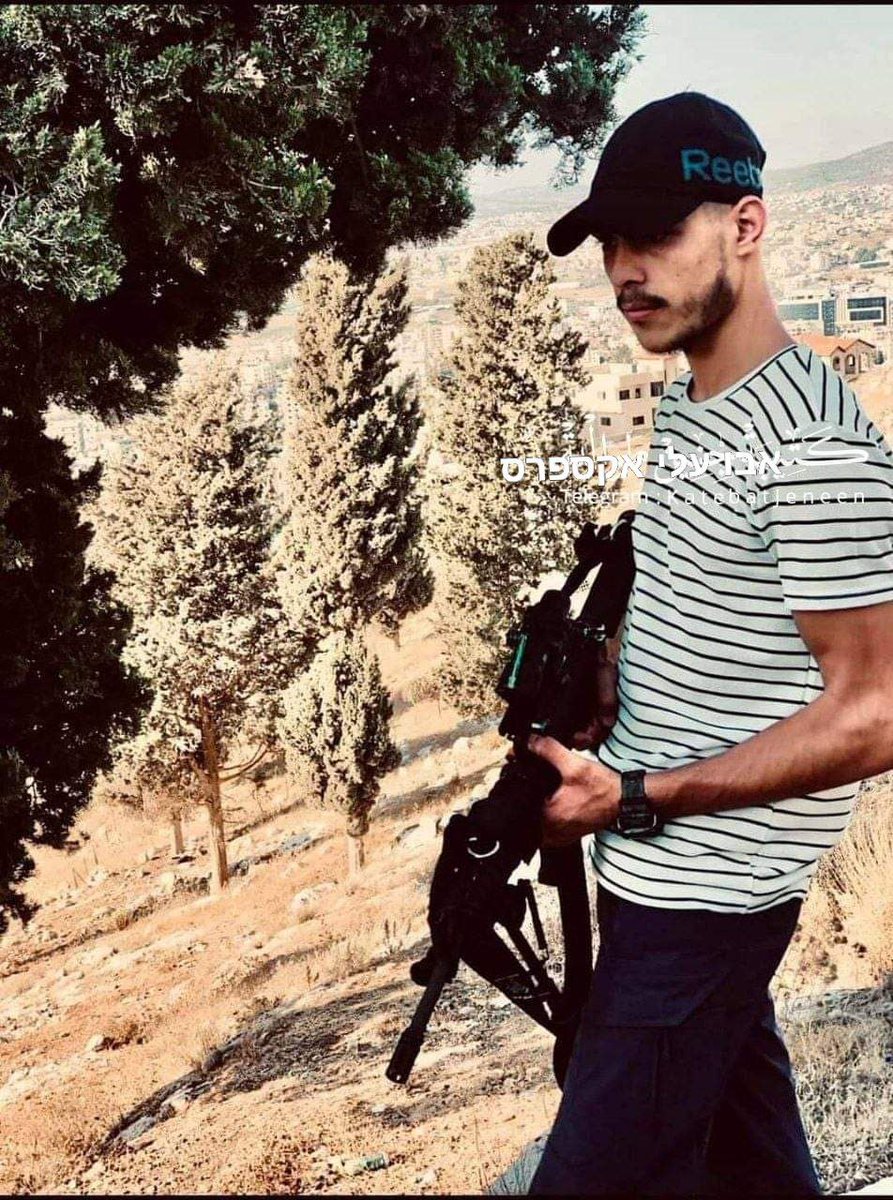
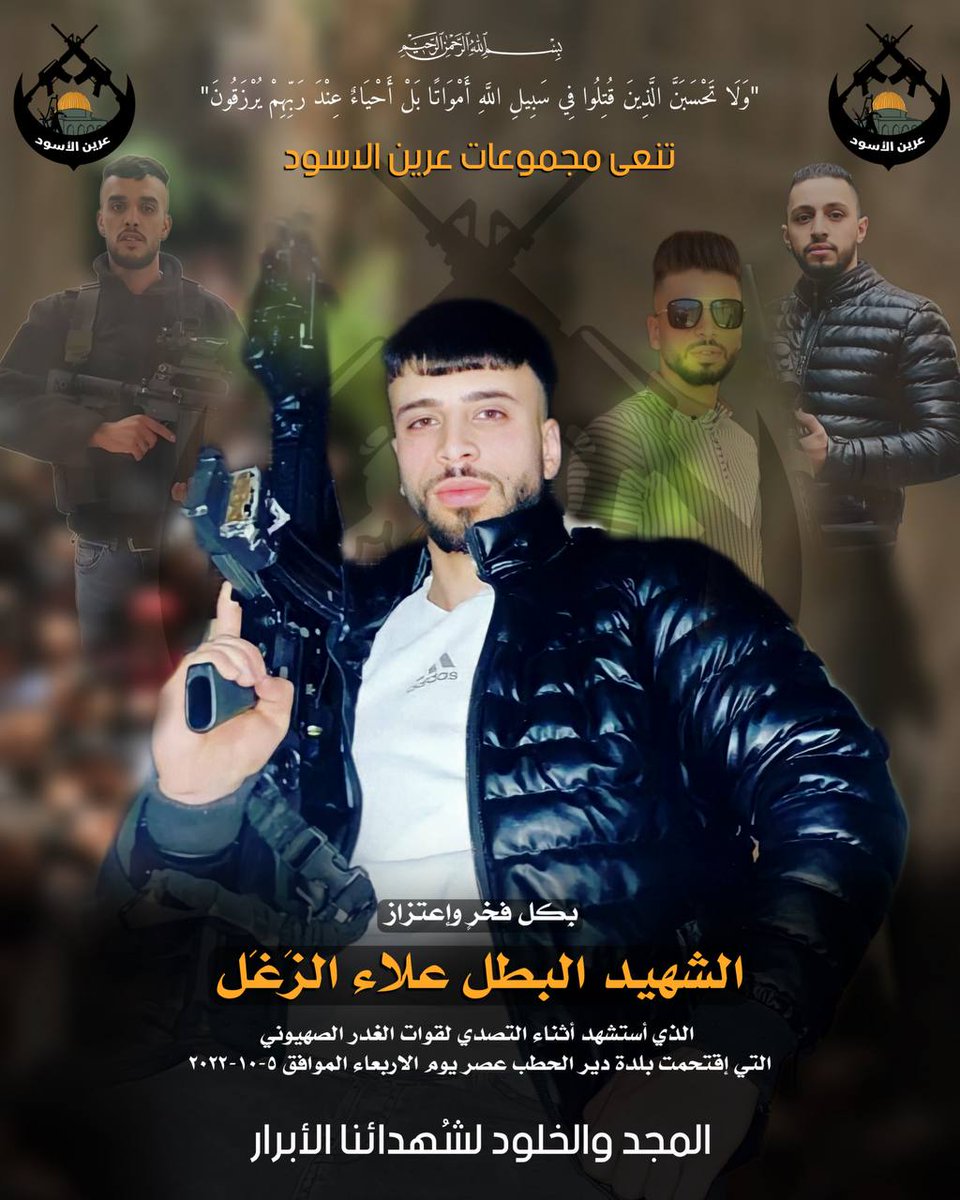
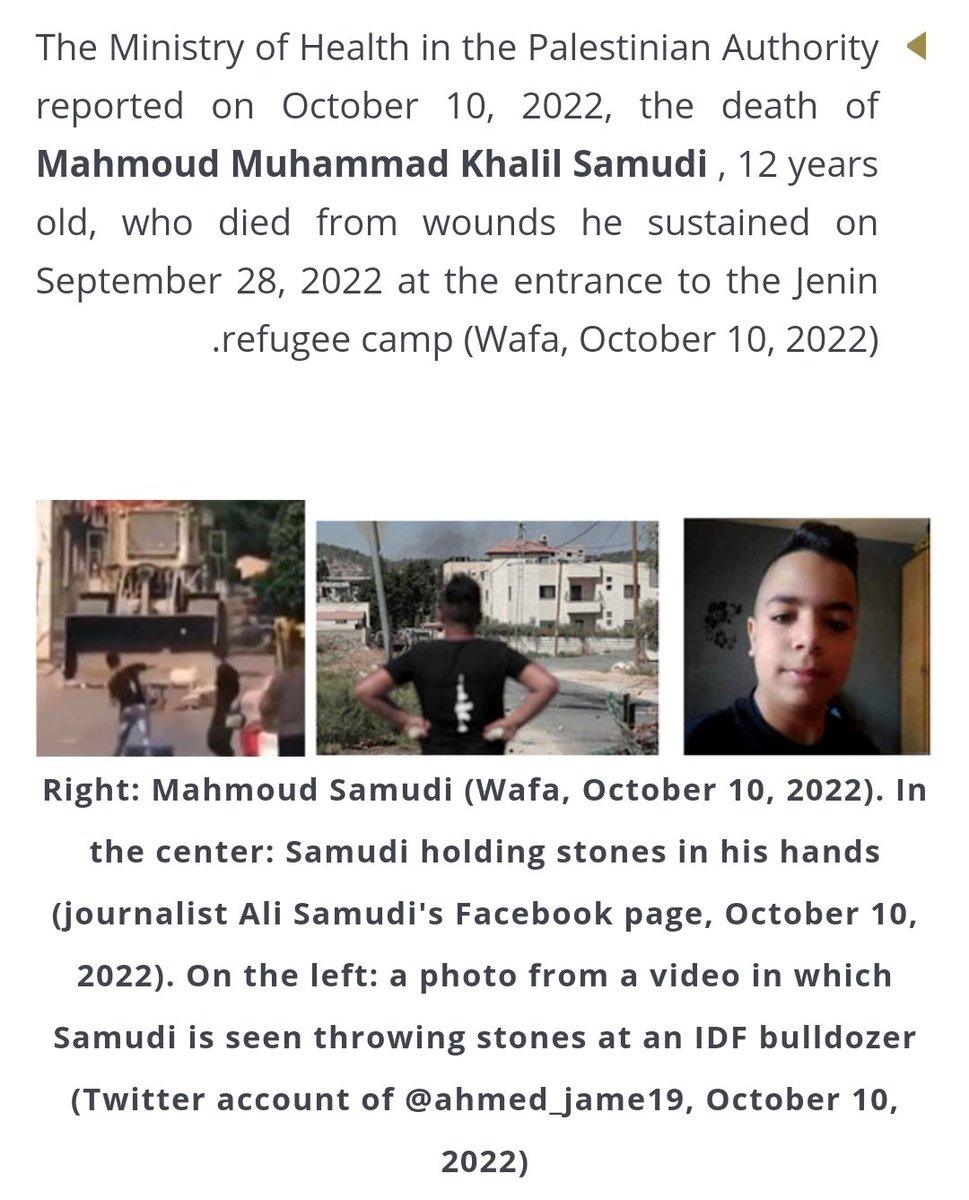
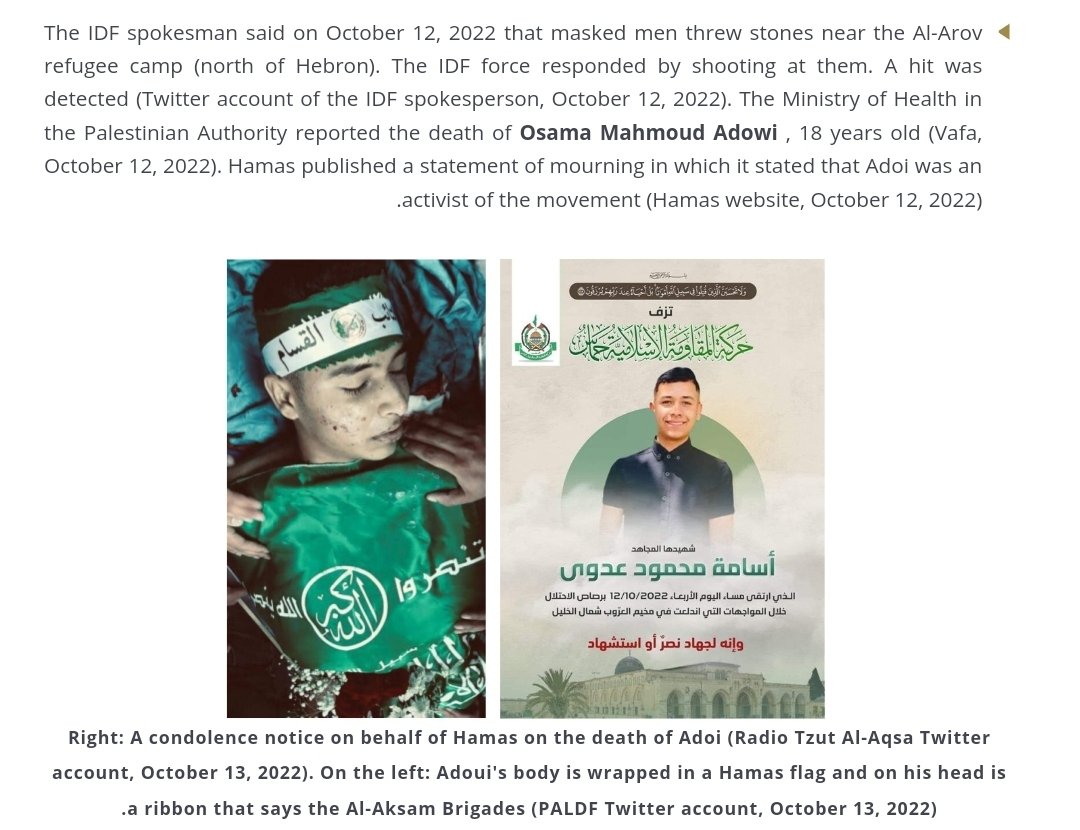
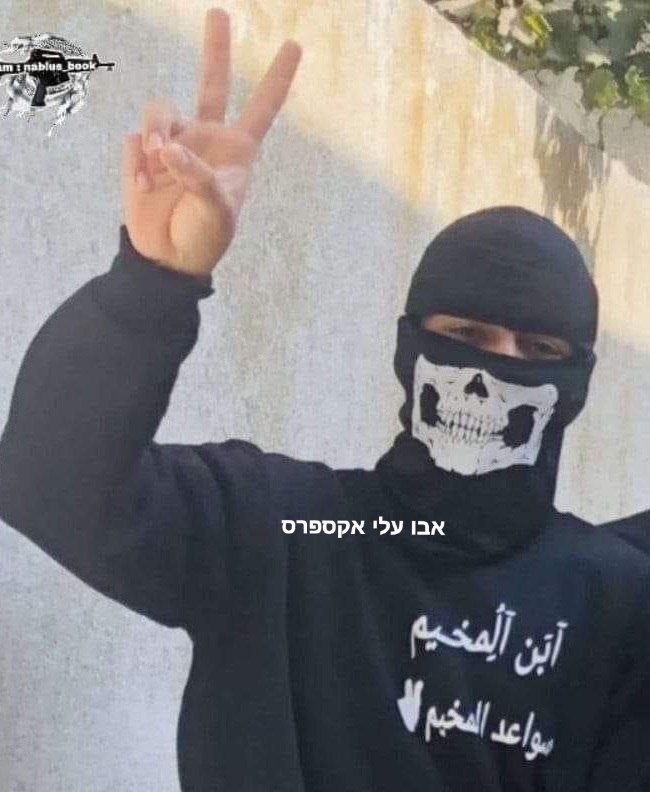
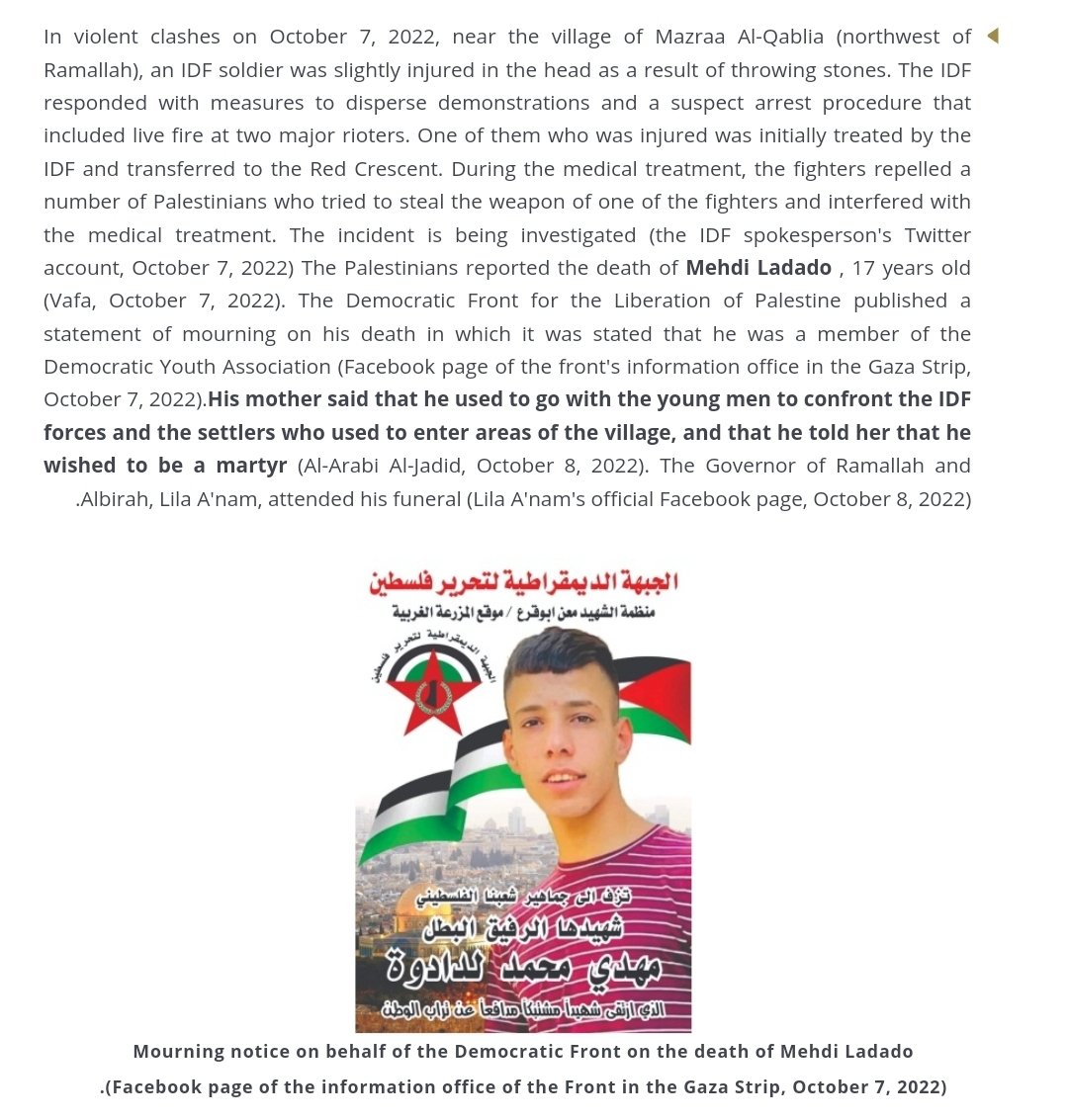
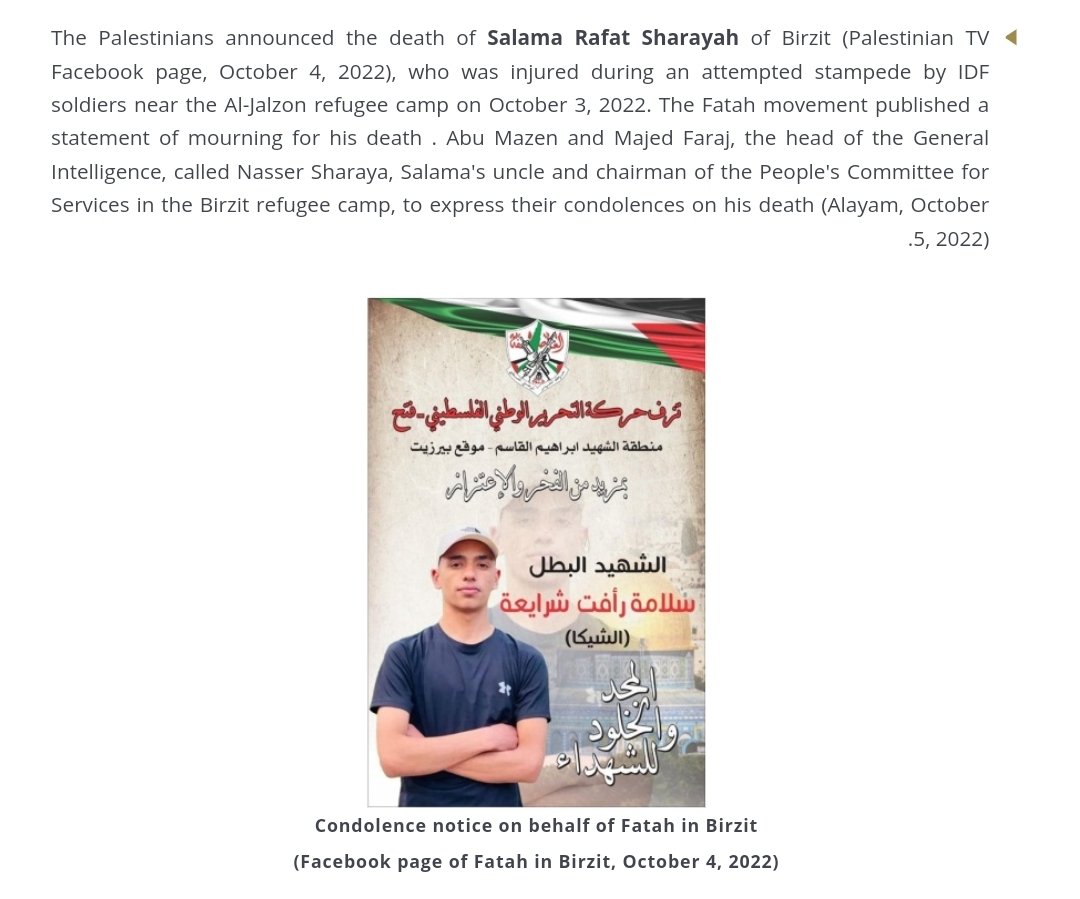
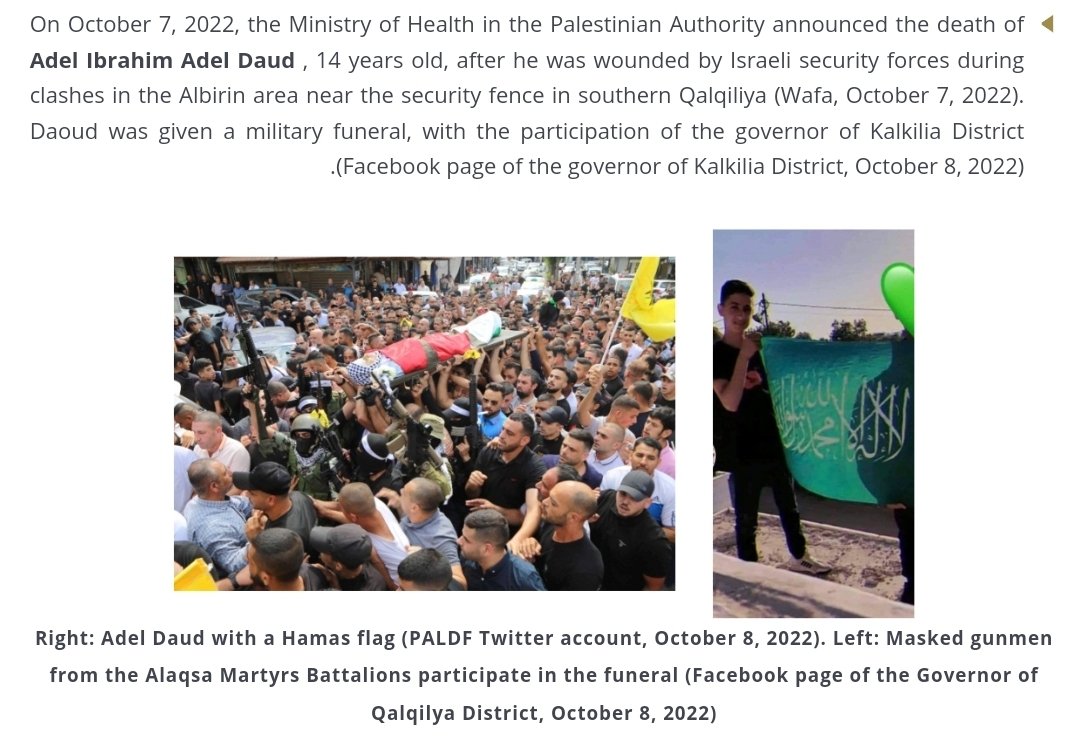
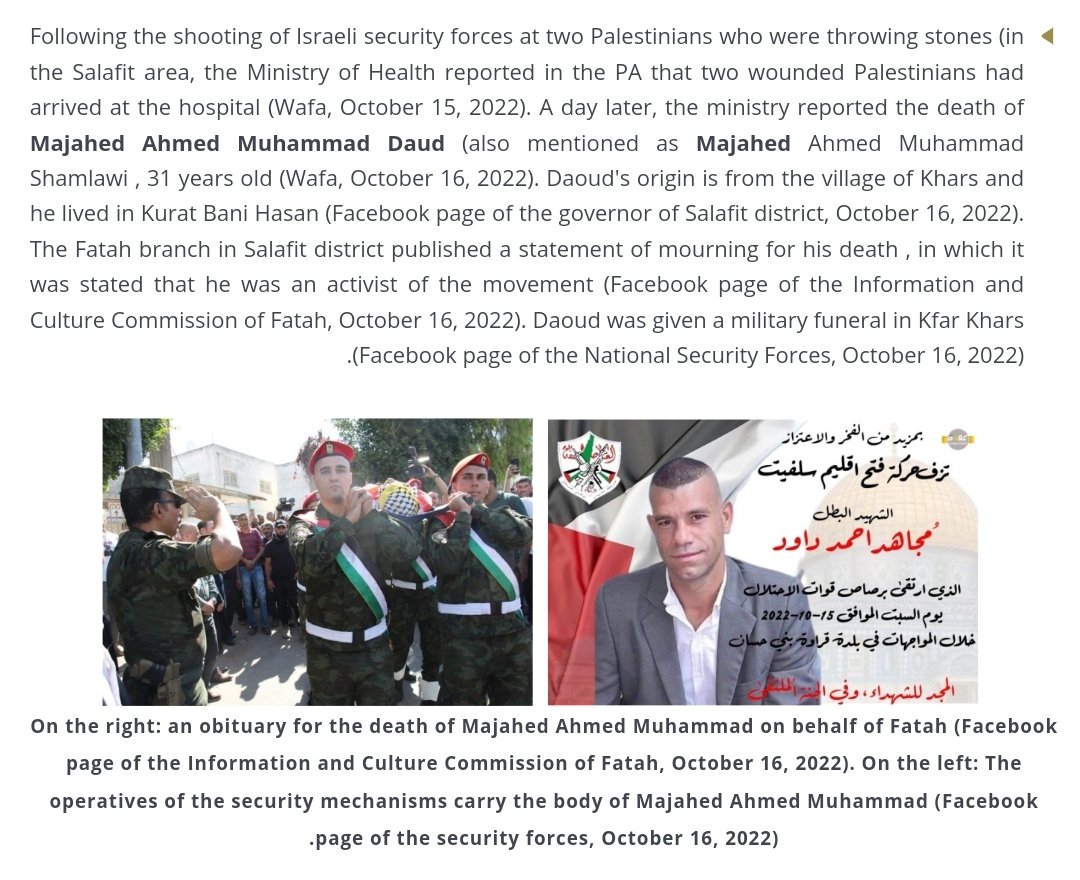




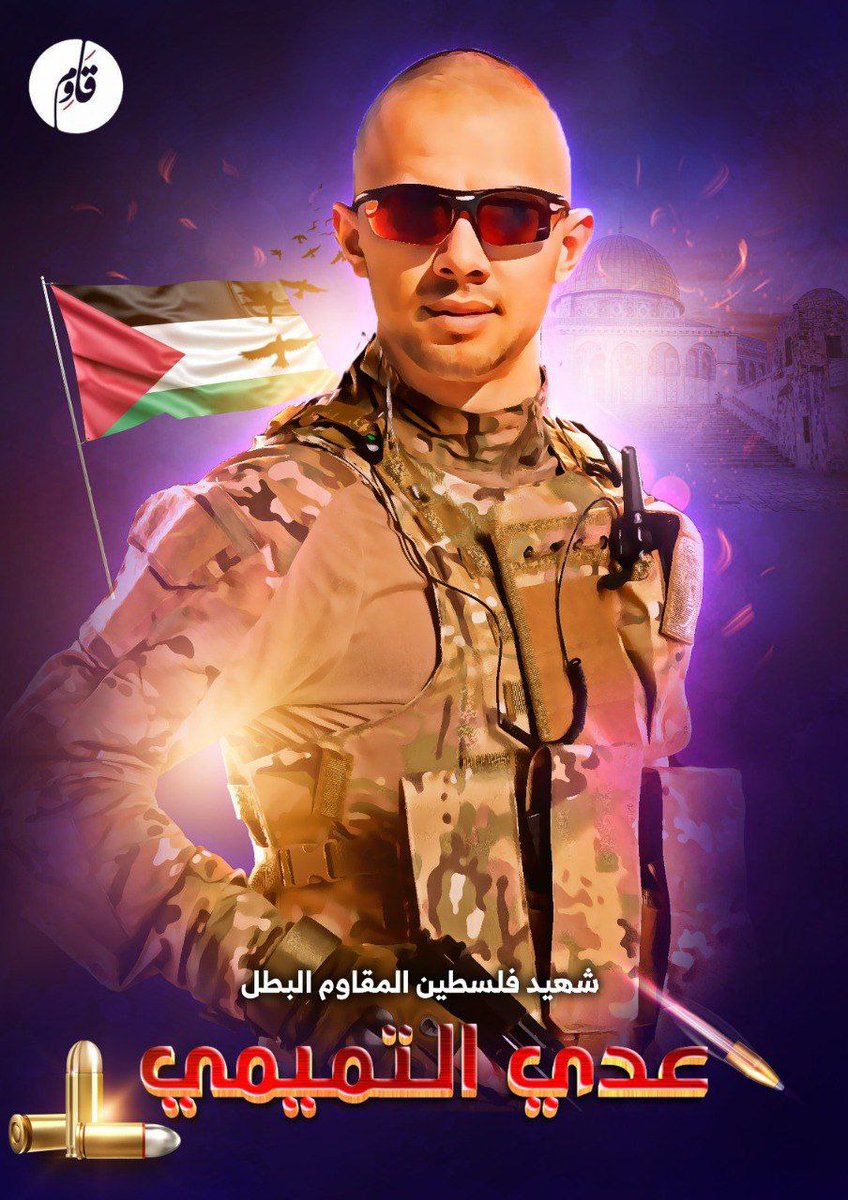
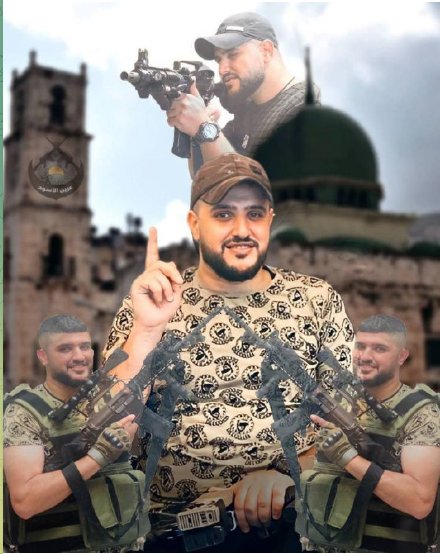


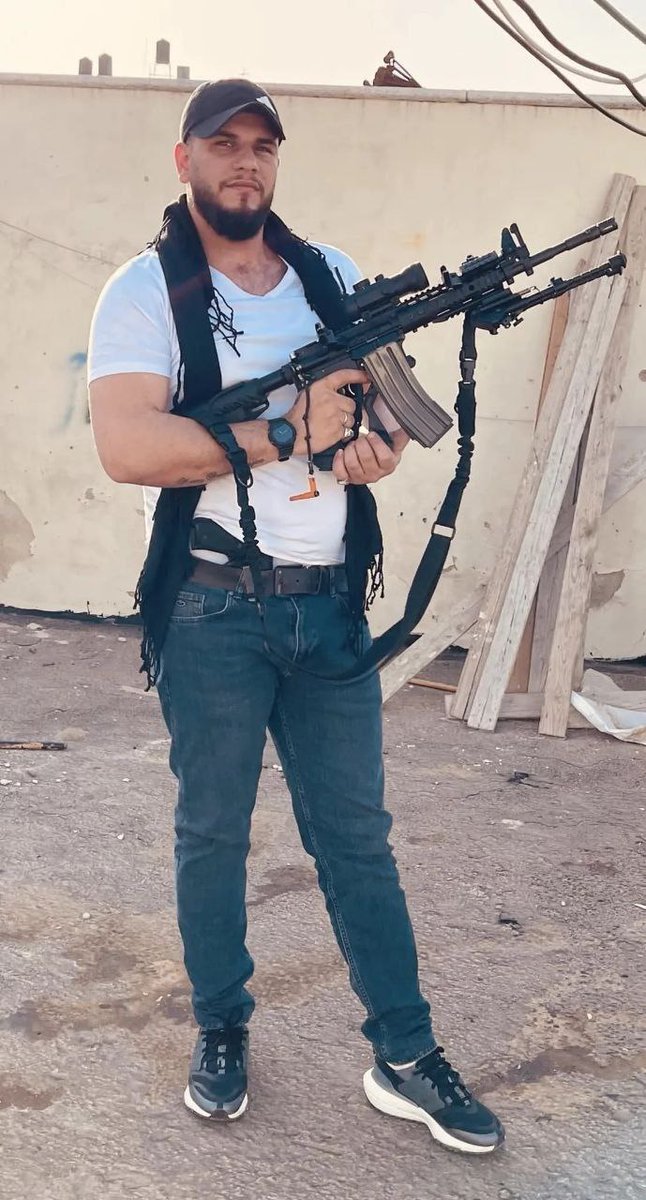

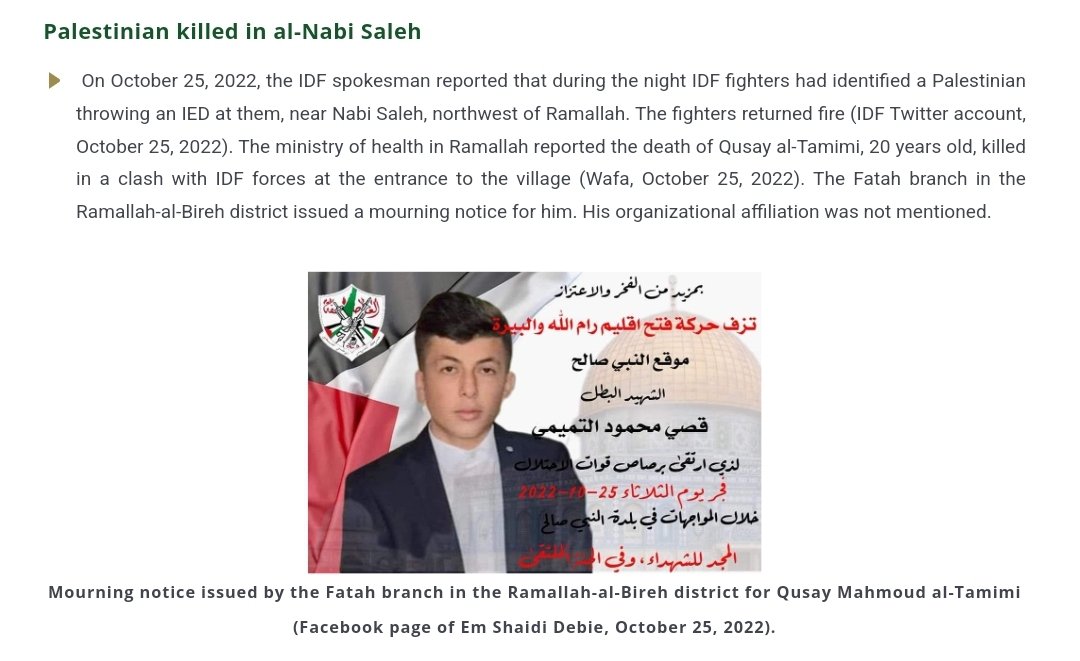
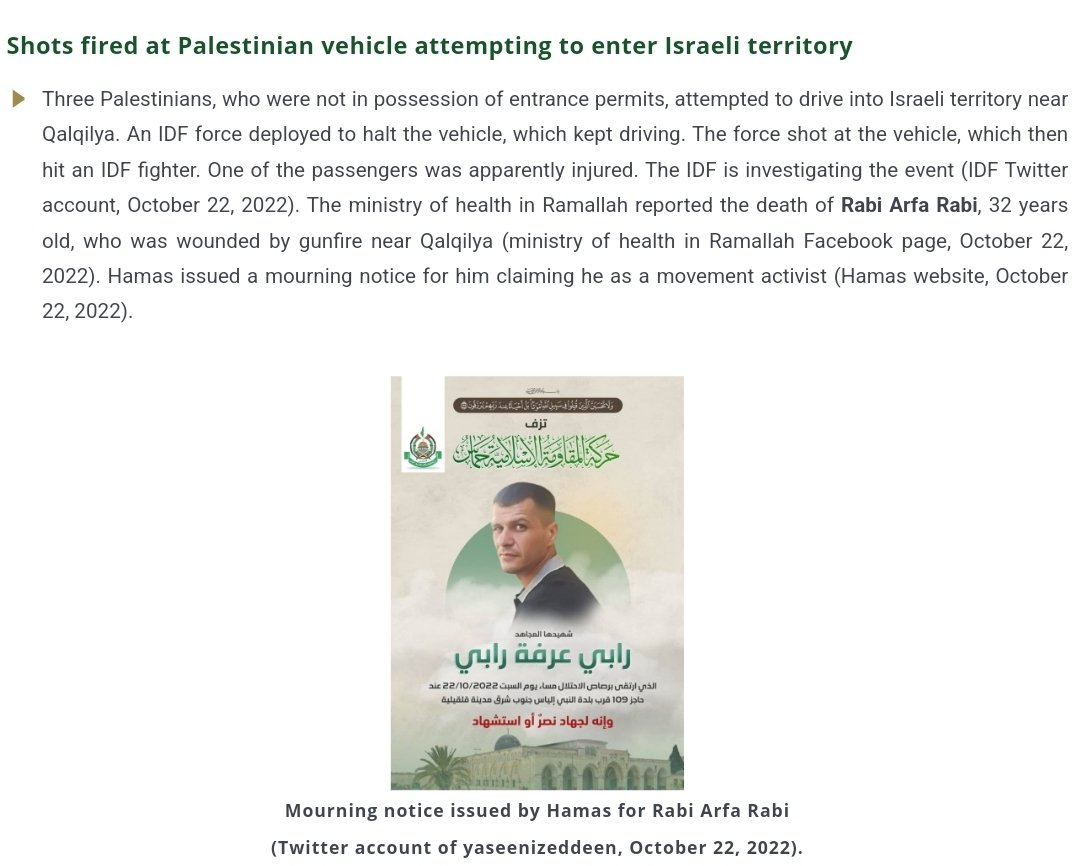

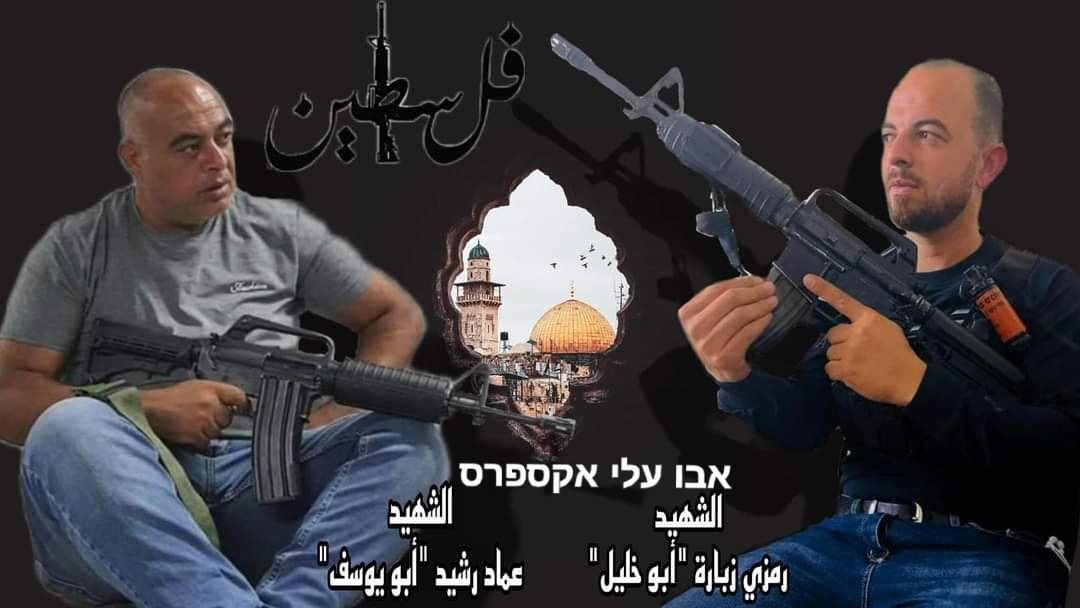
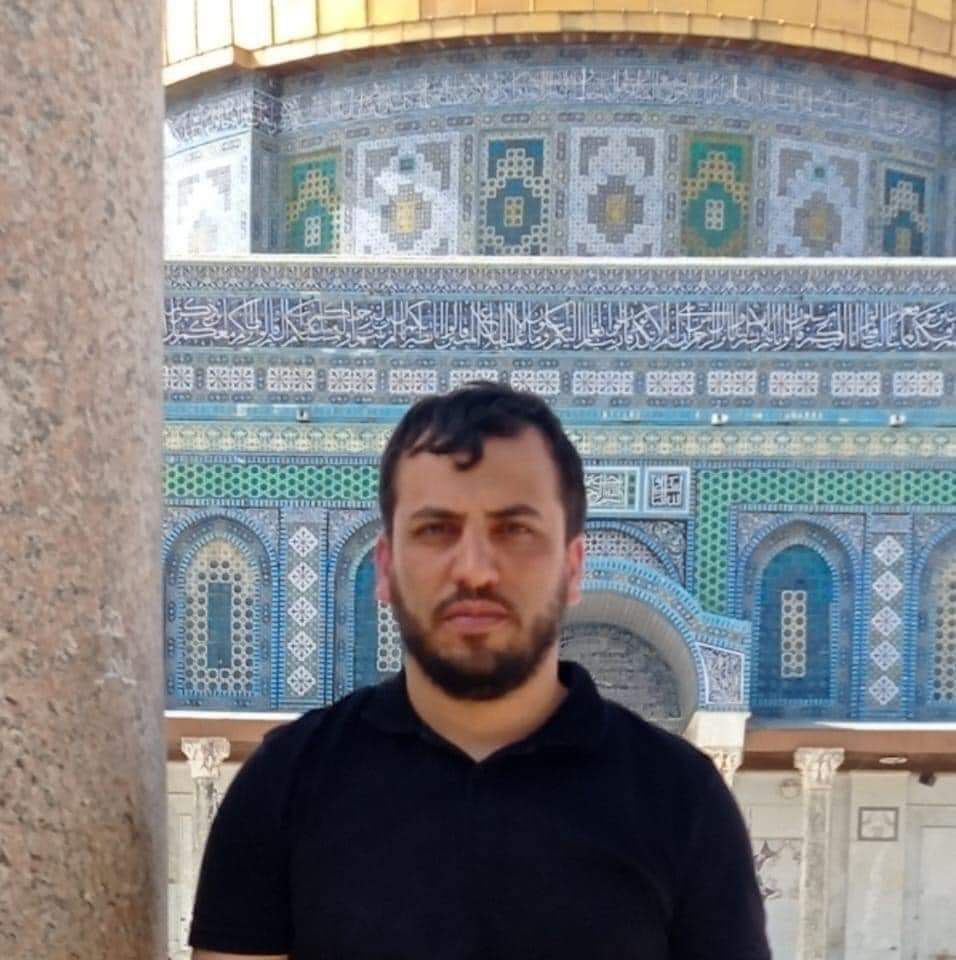

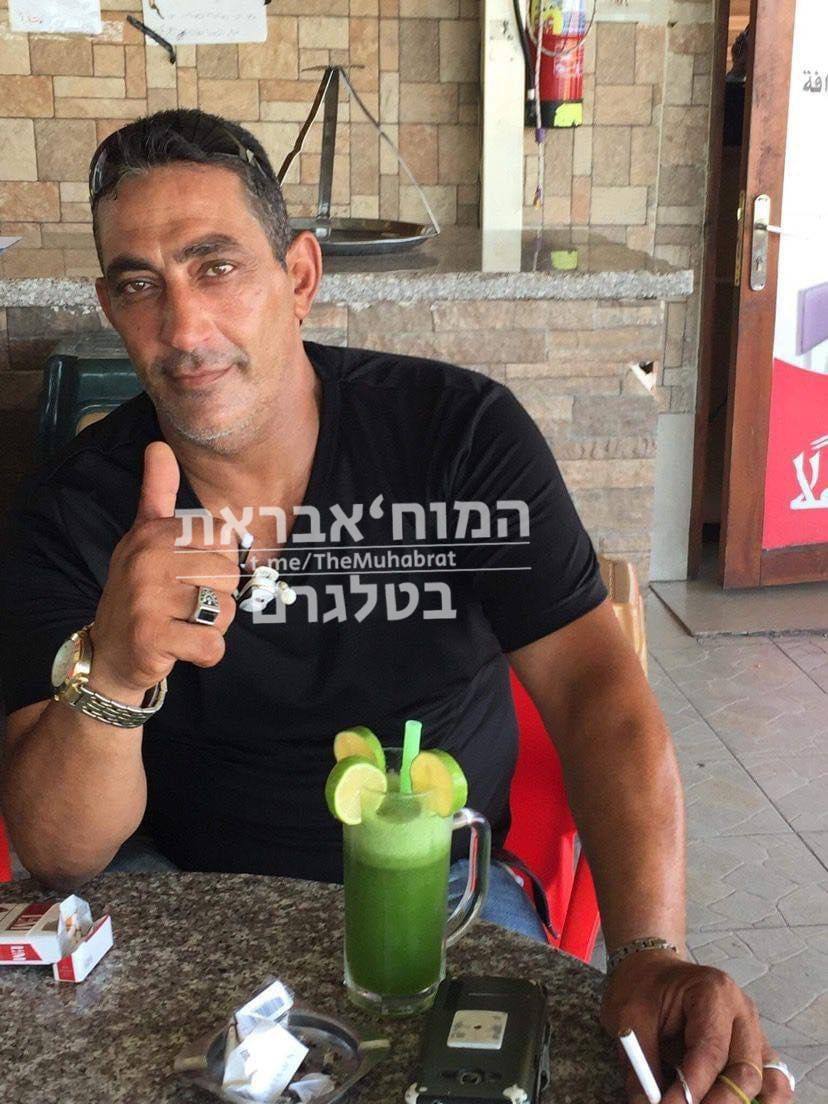


















.jpeg)



